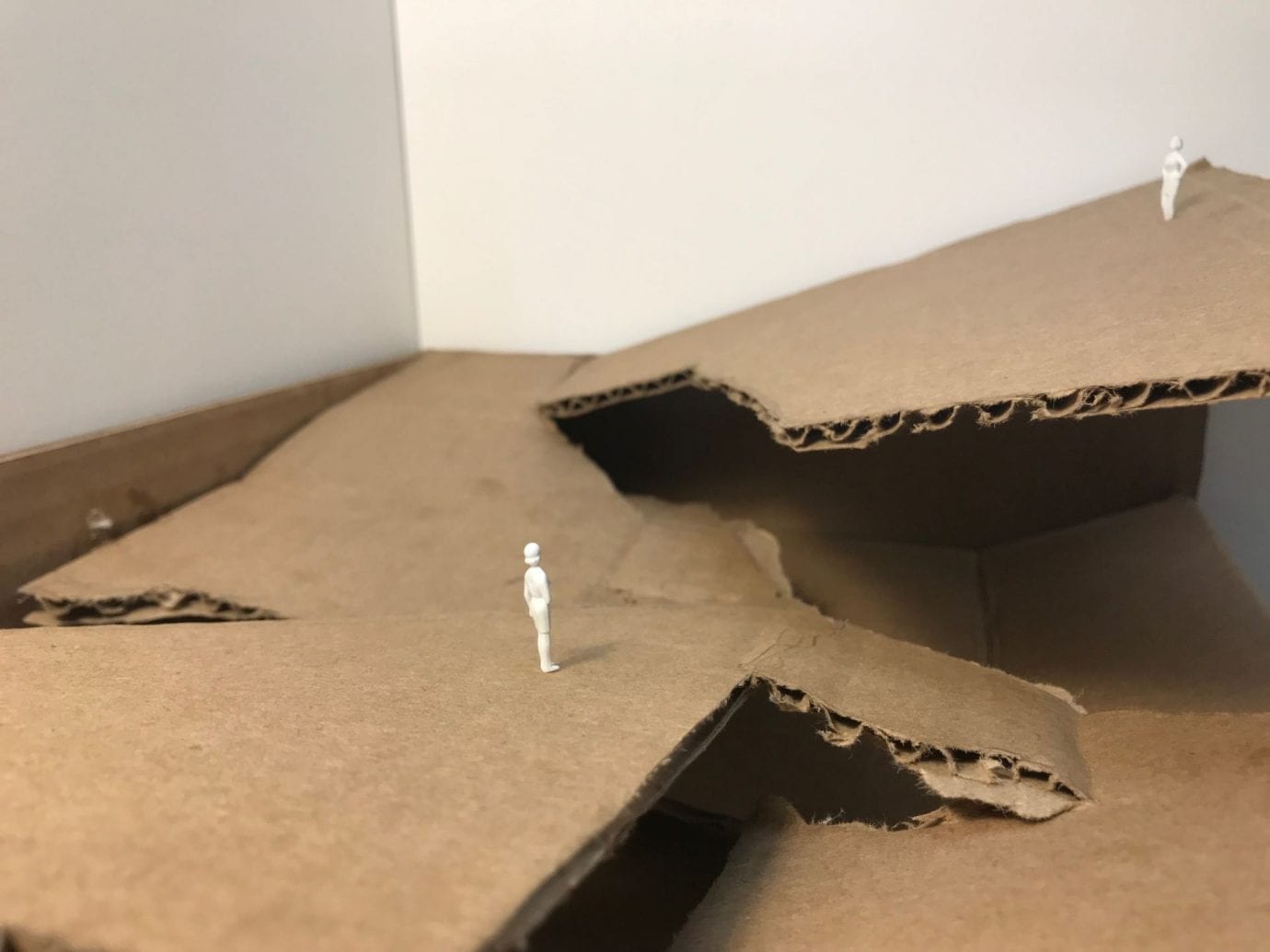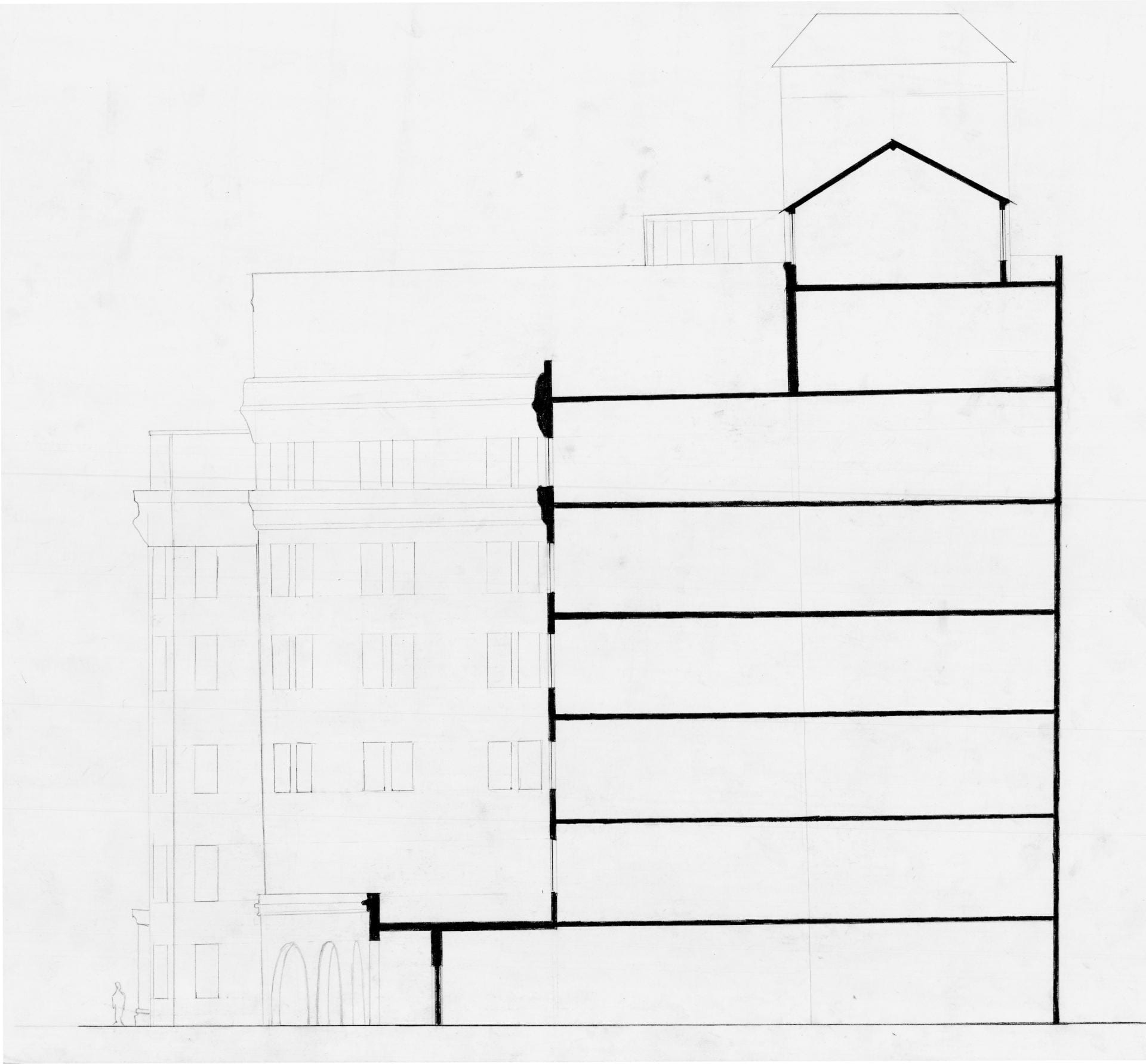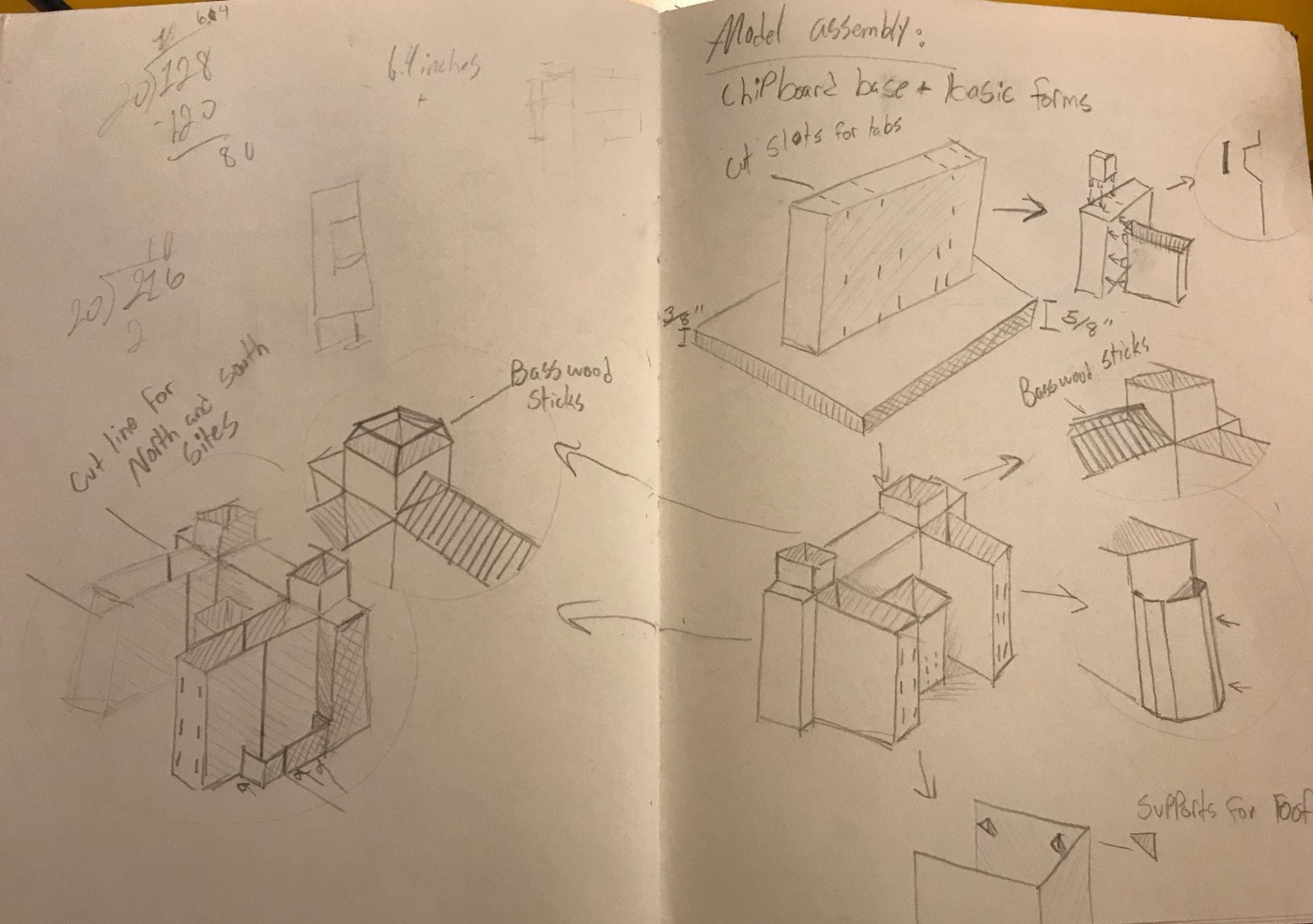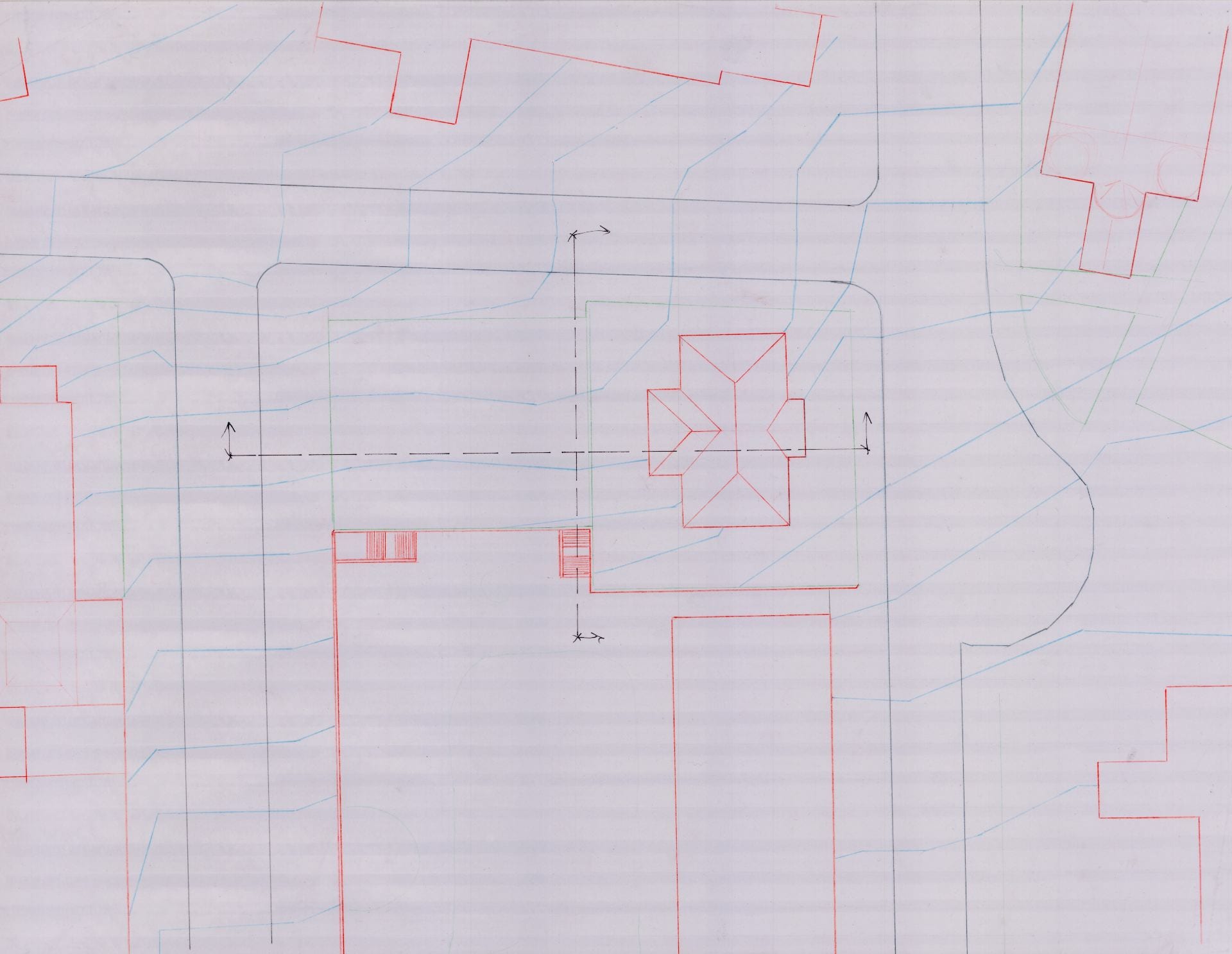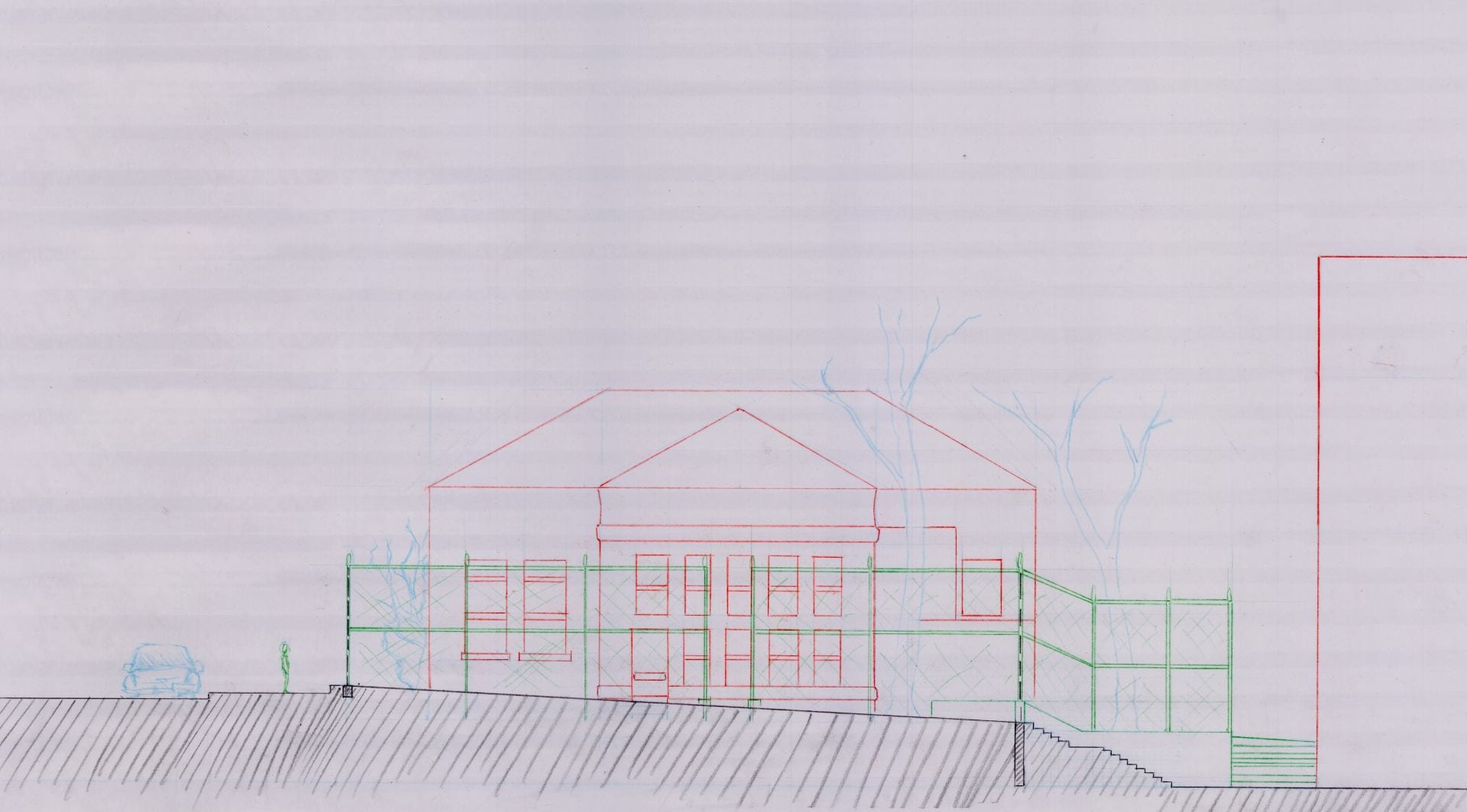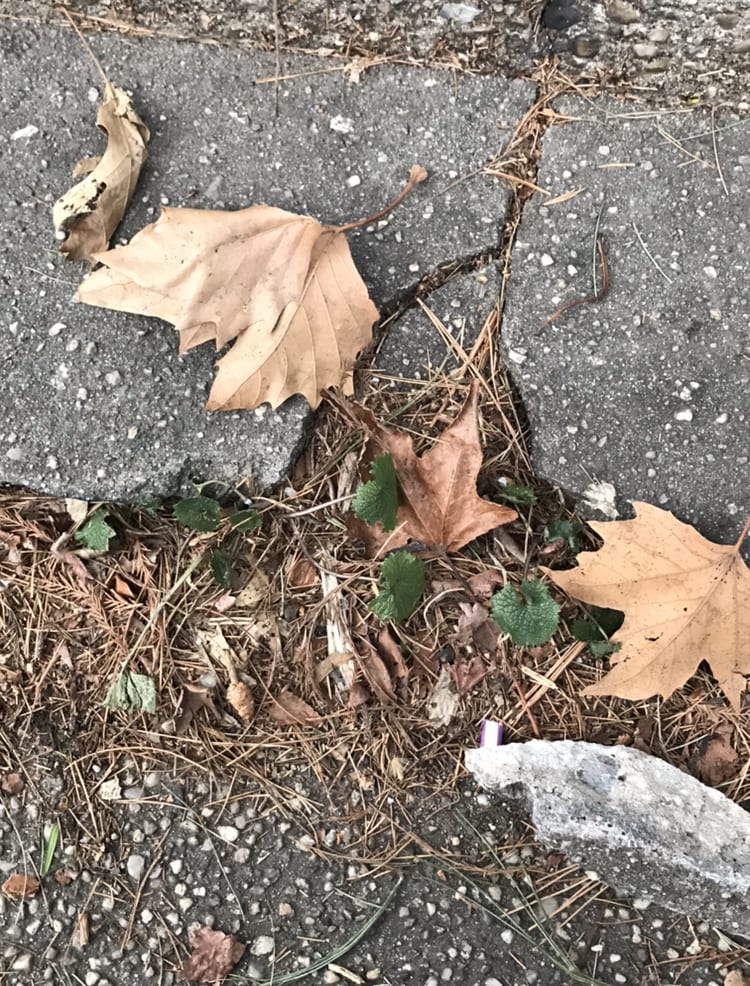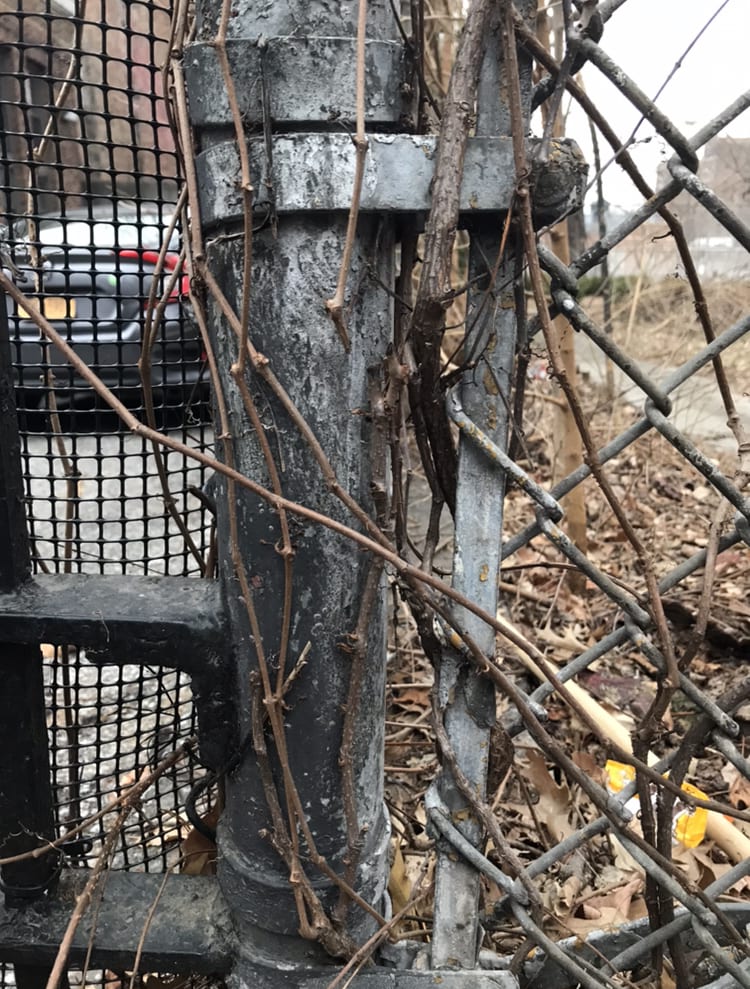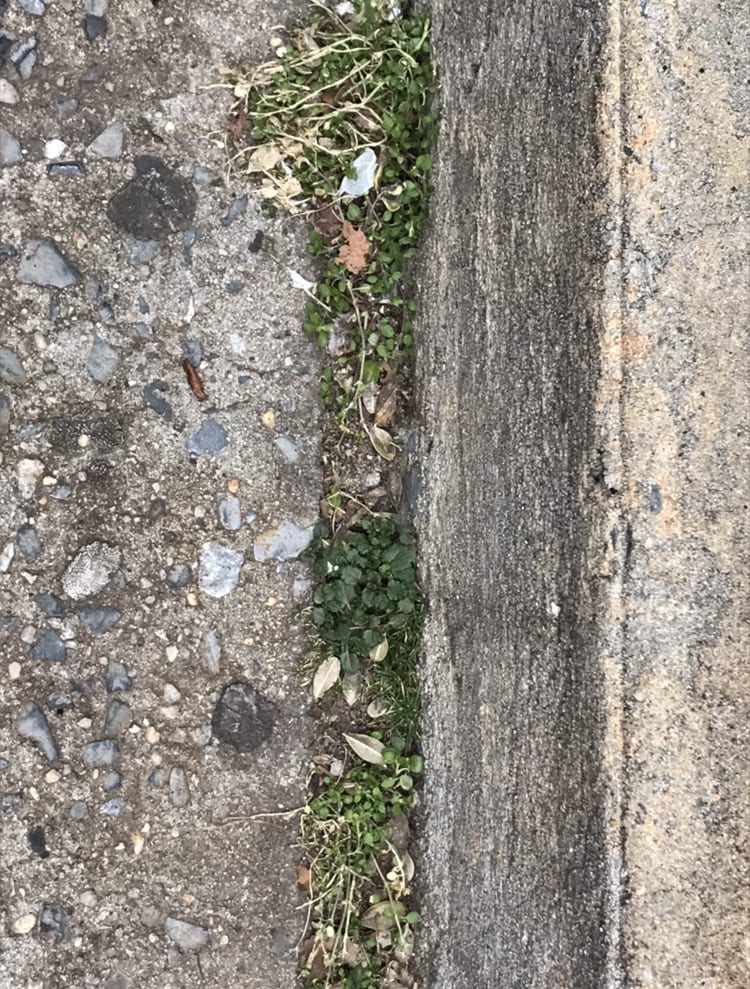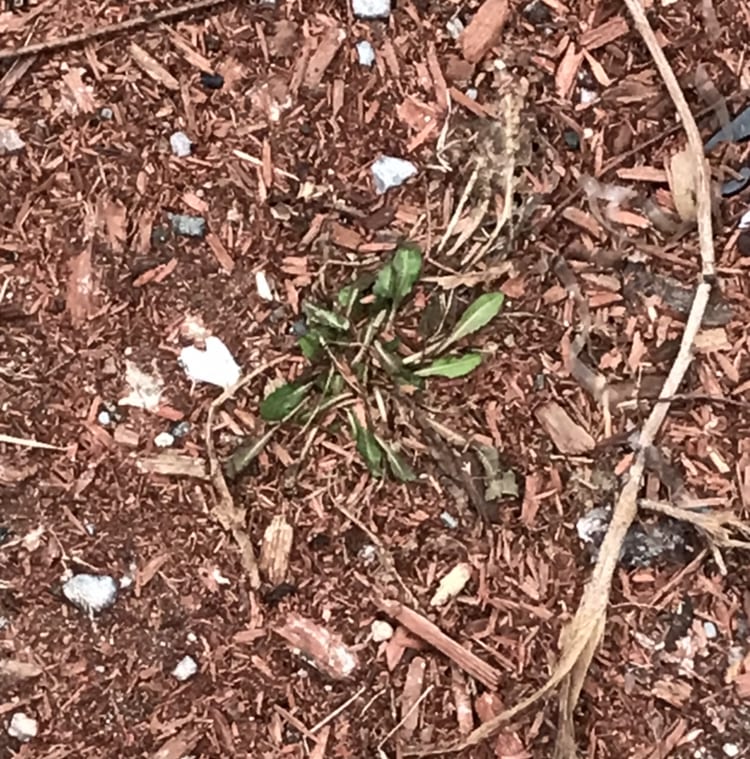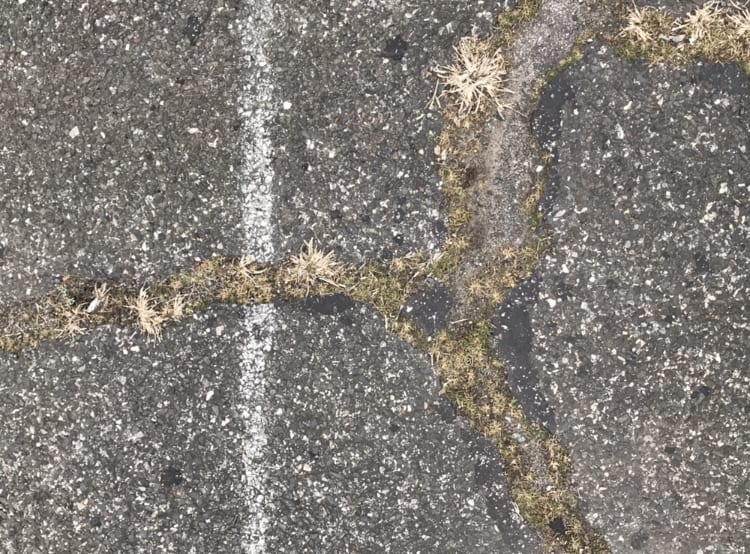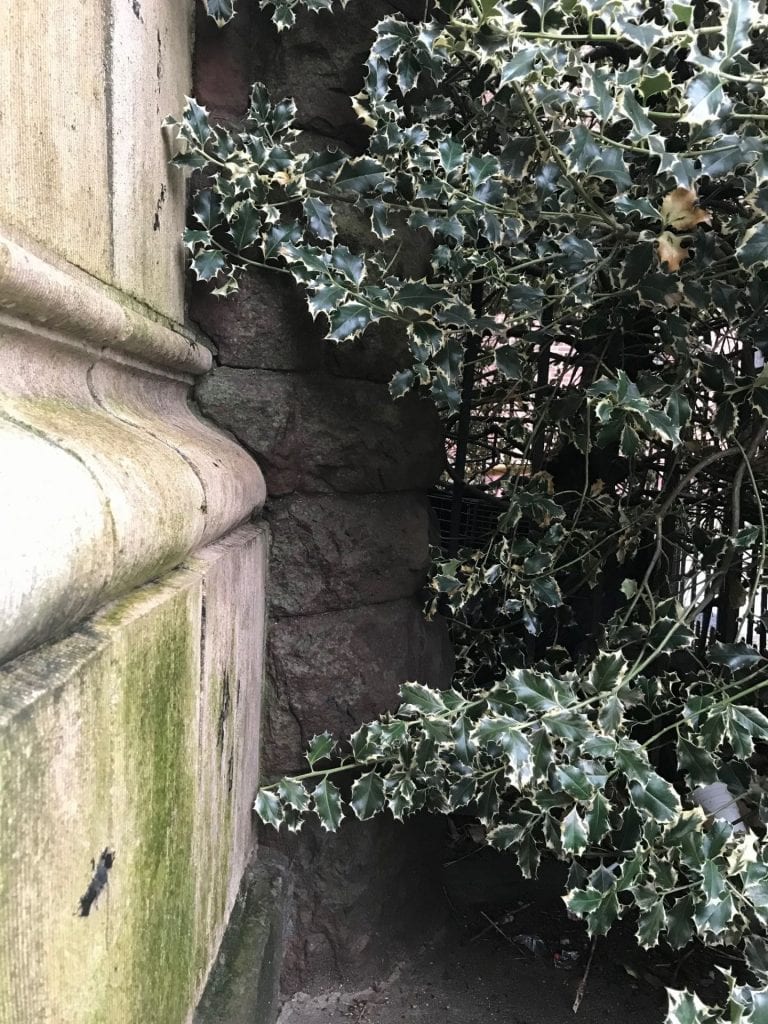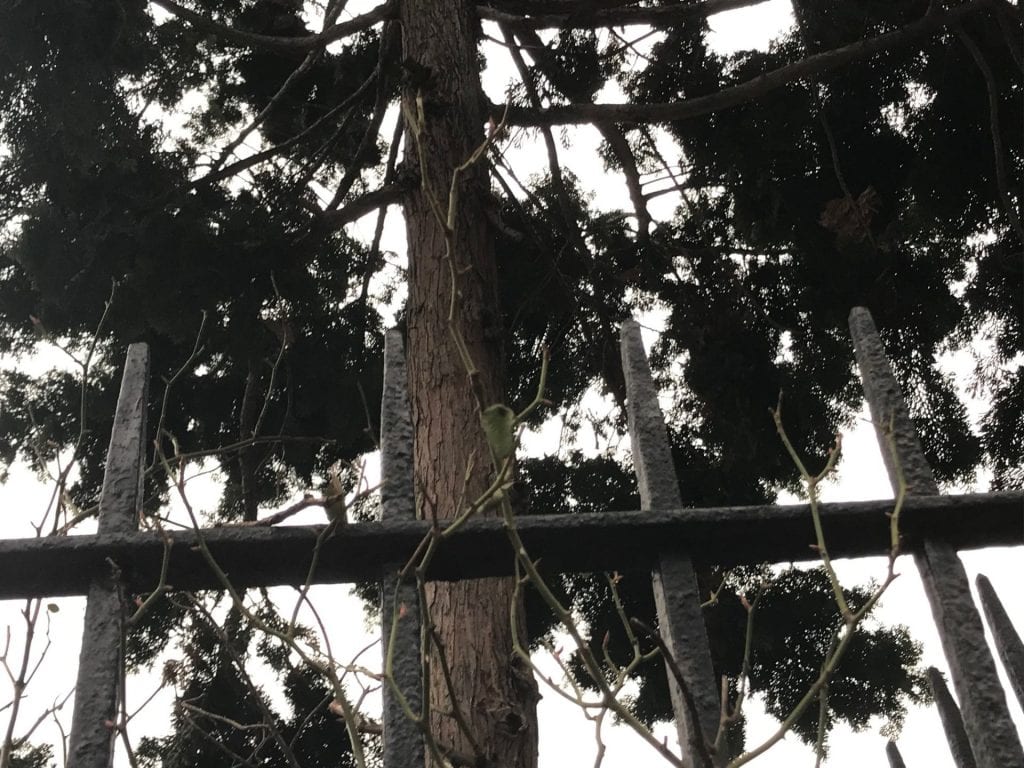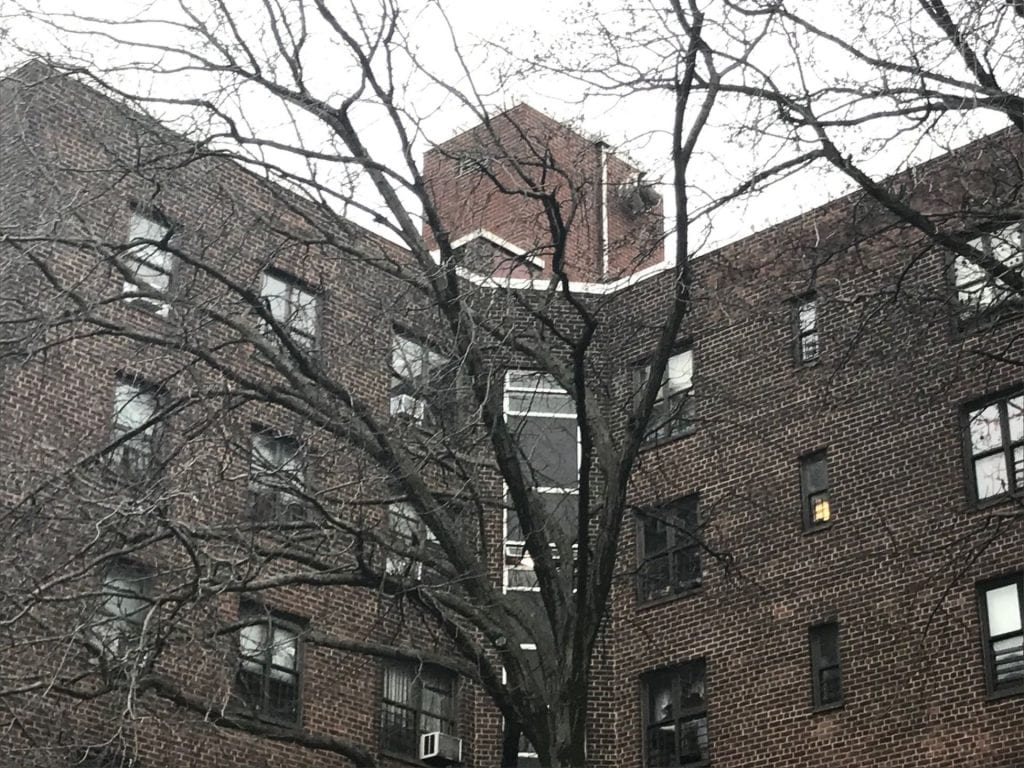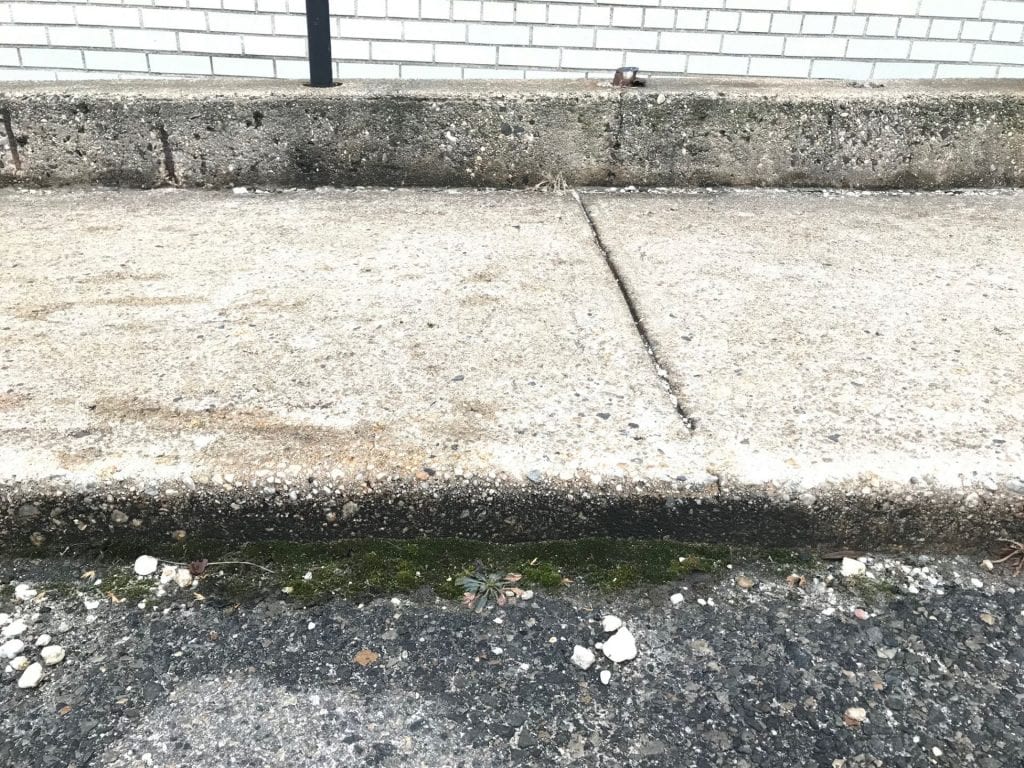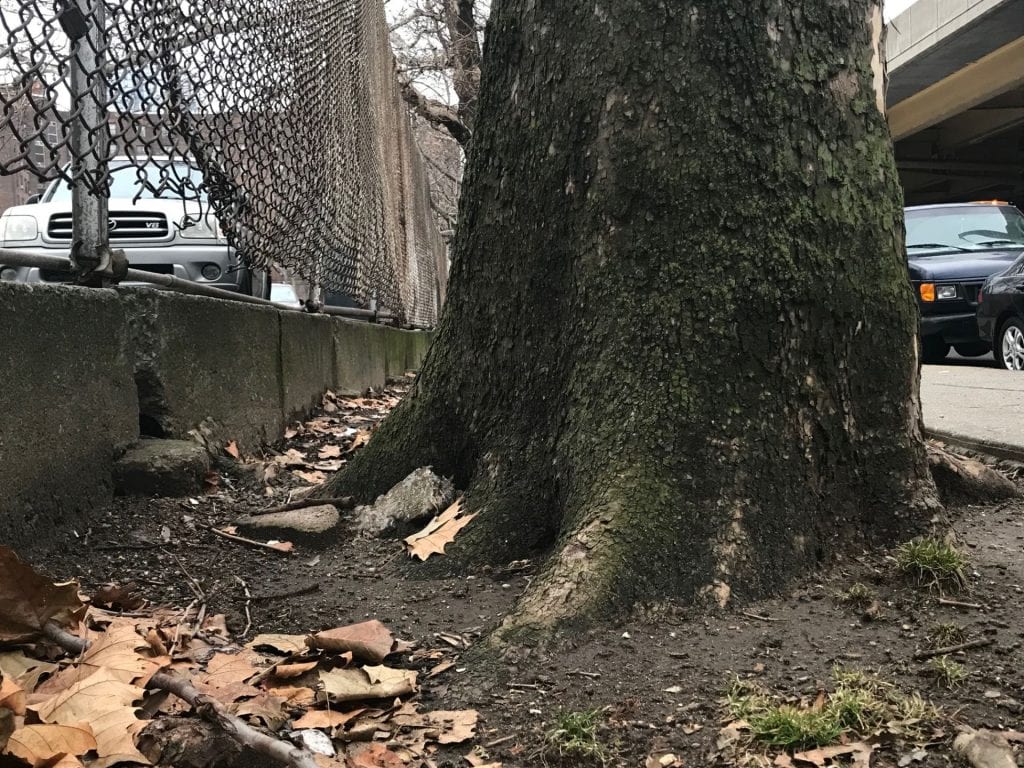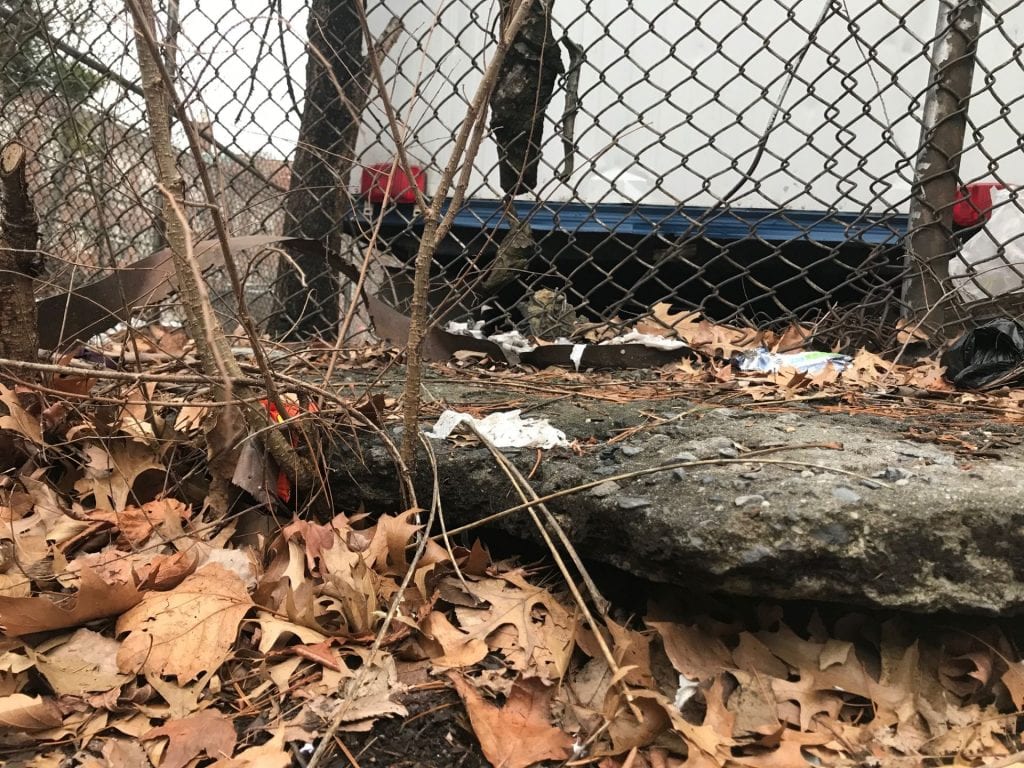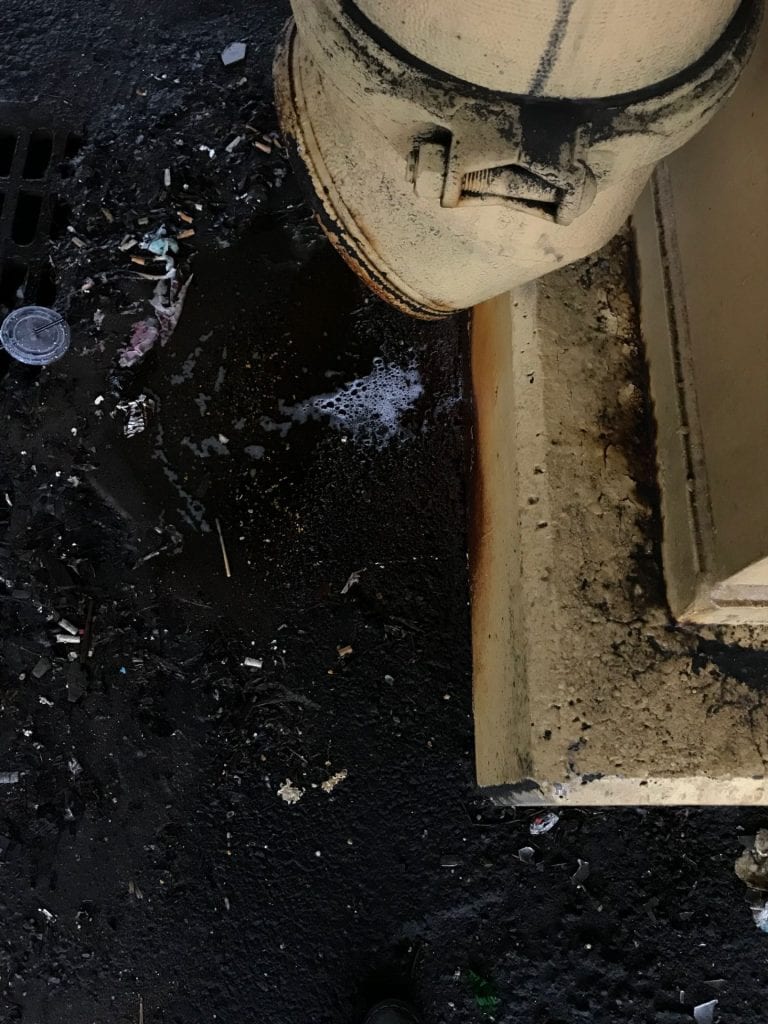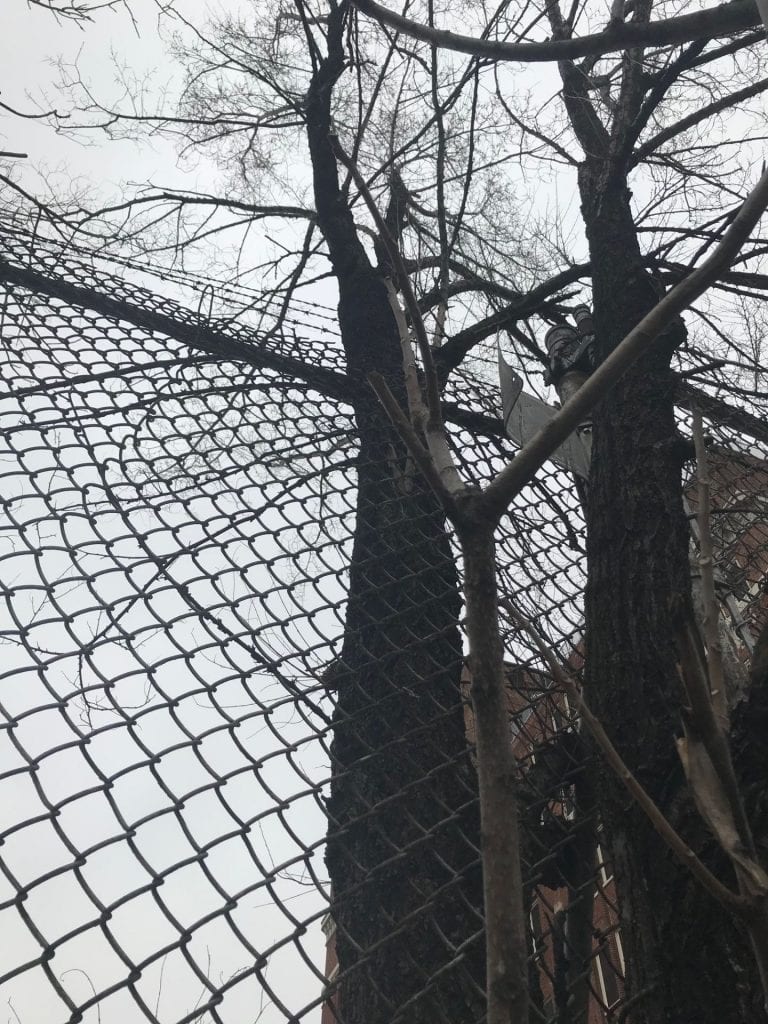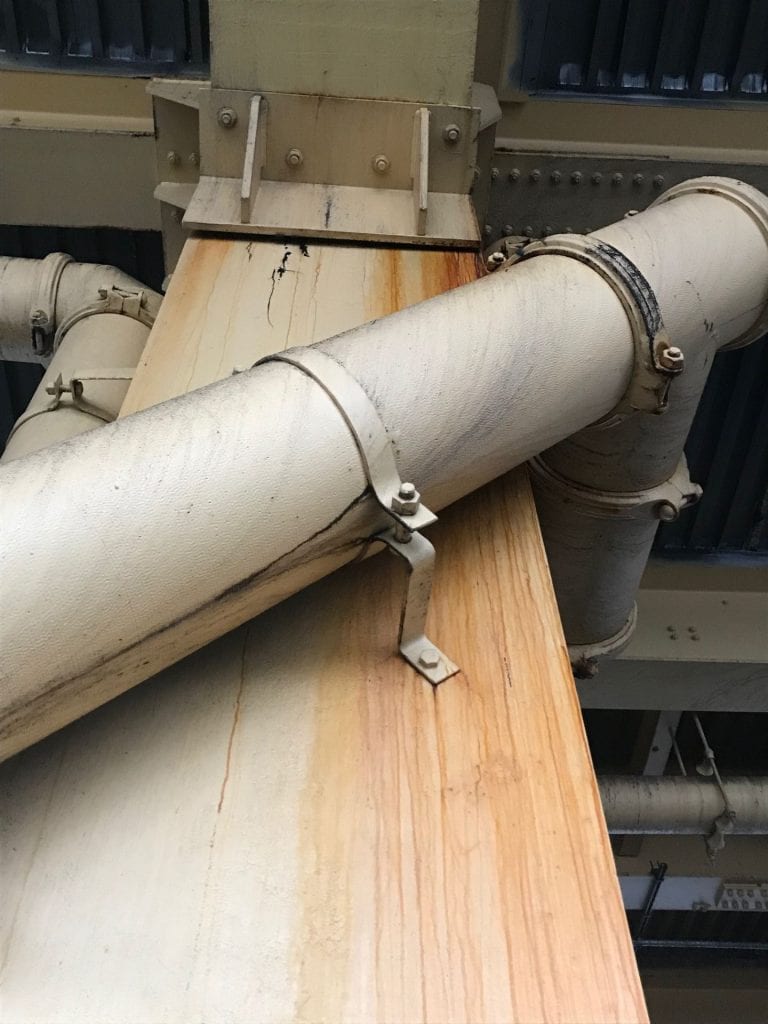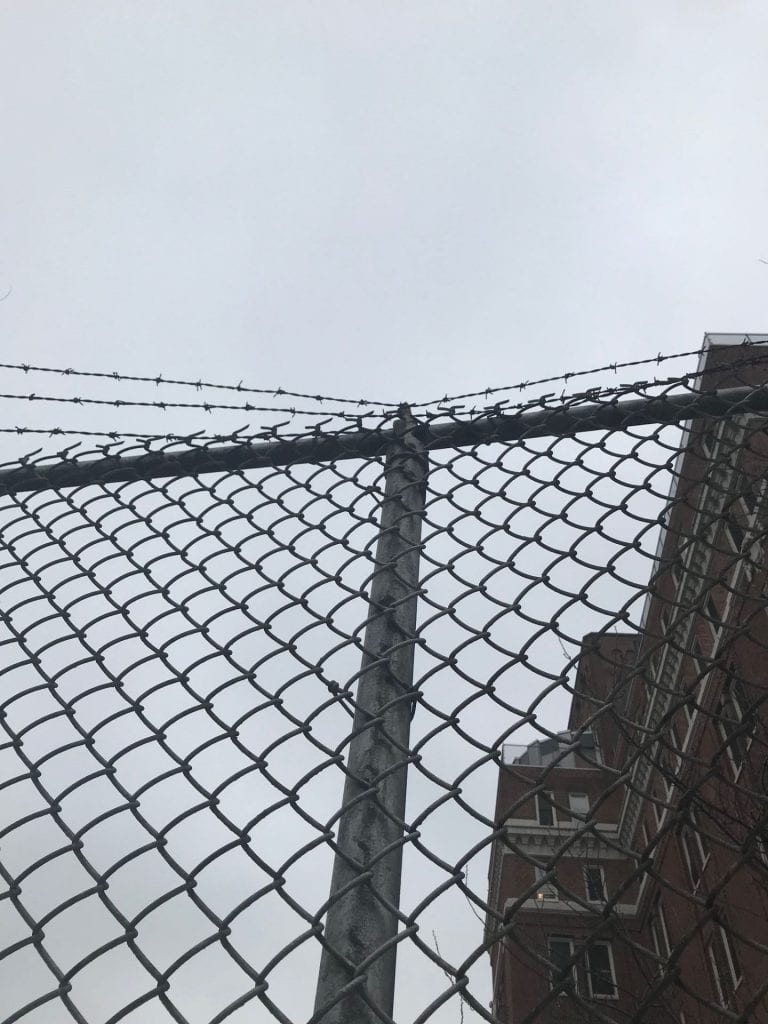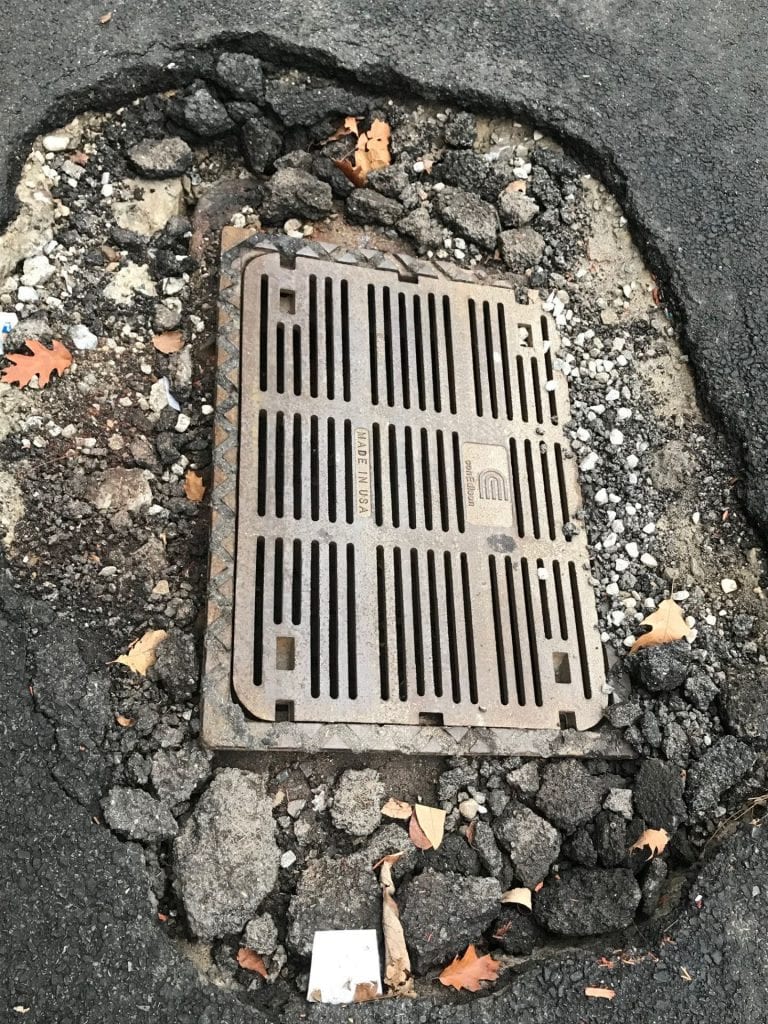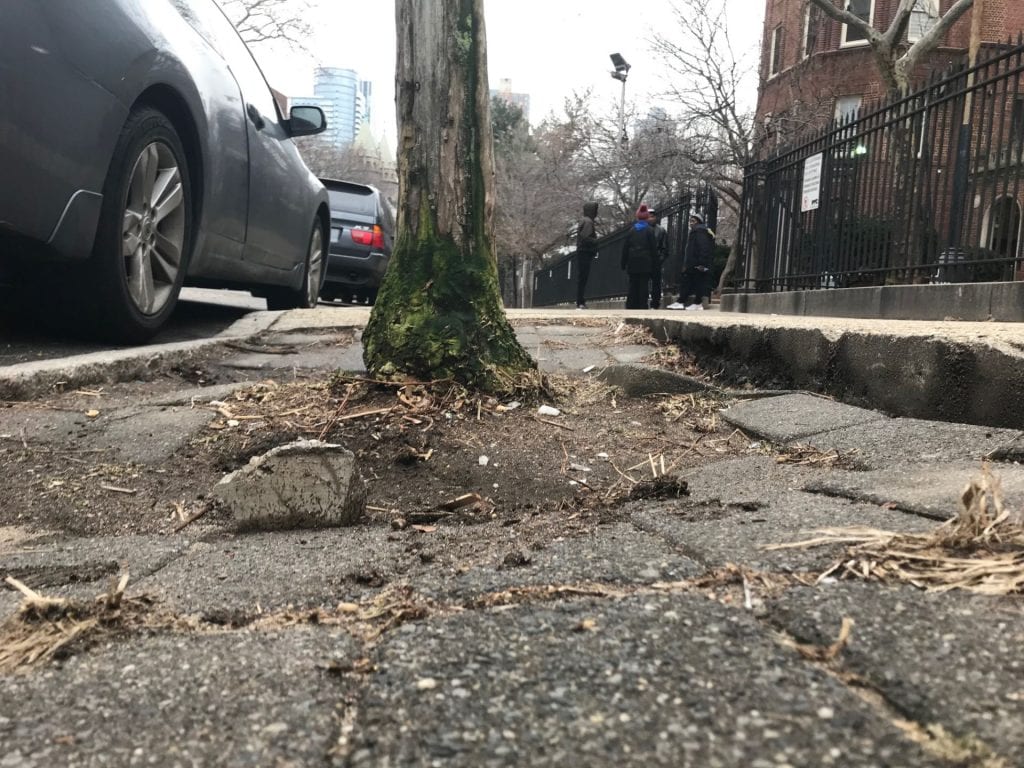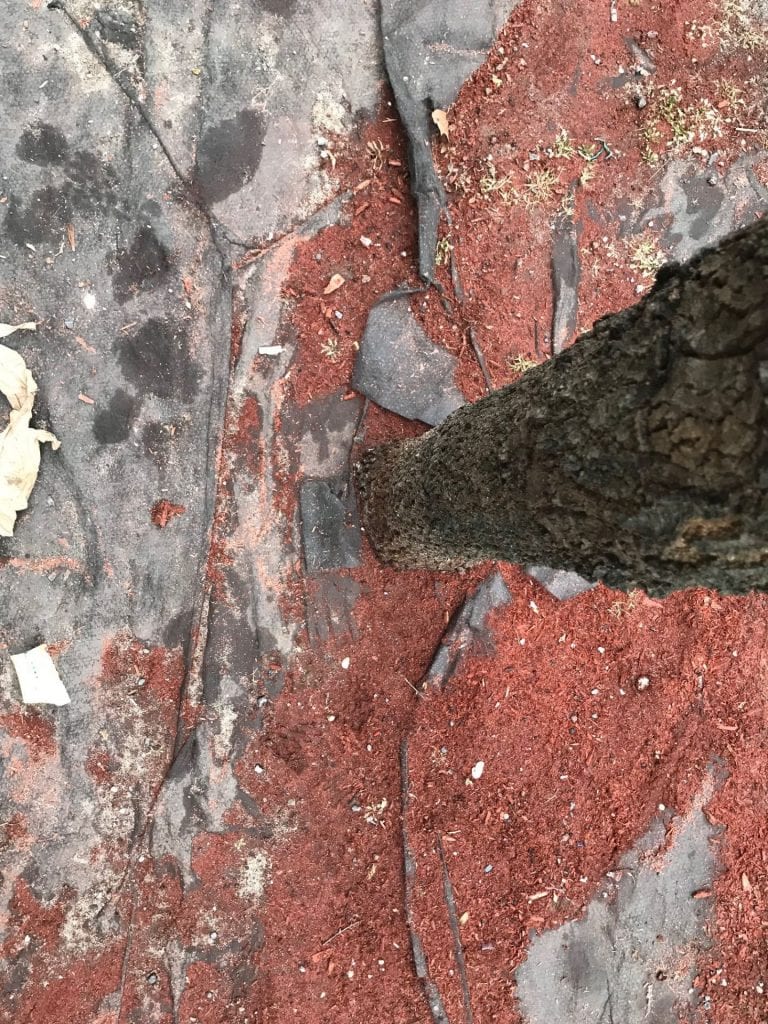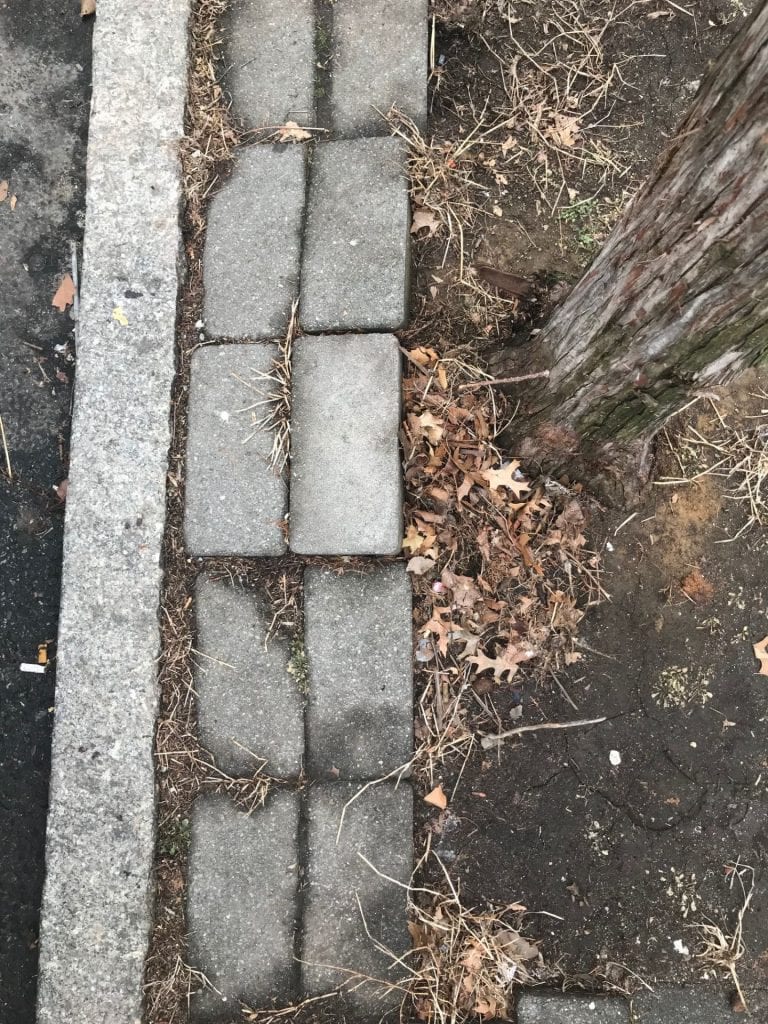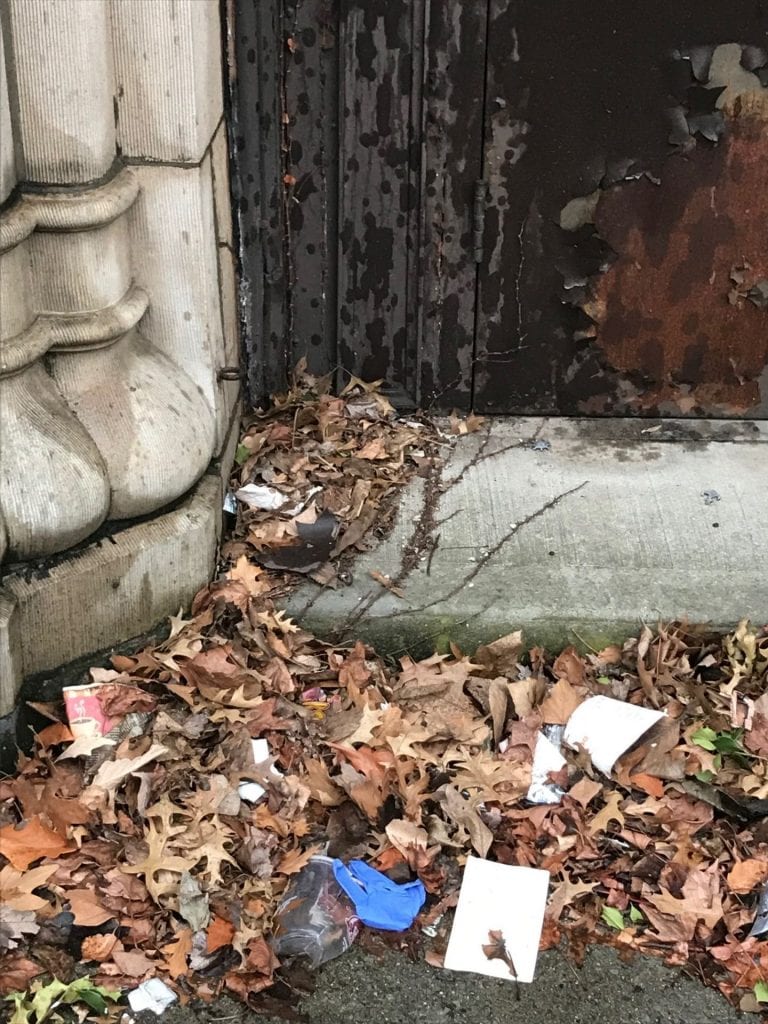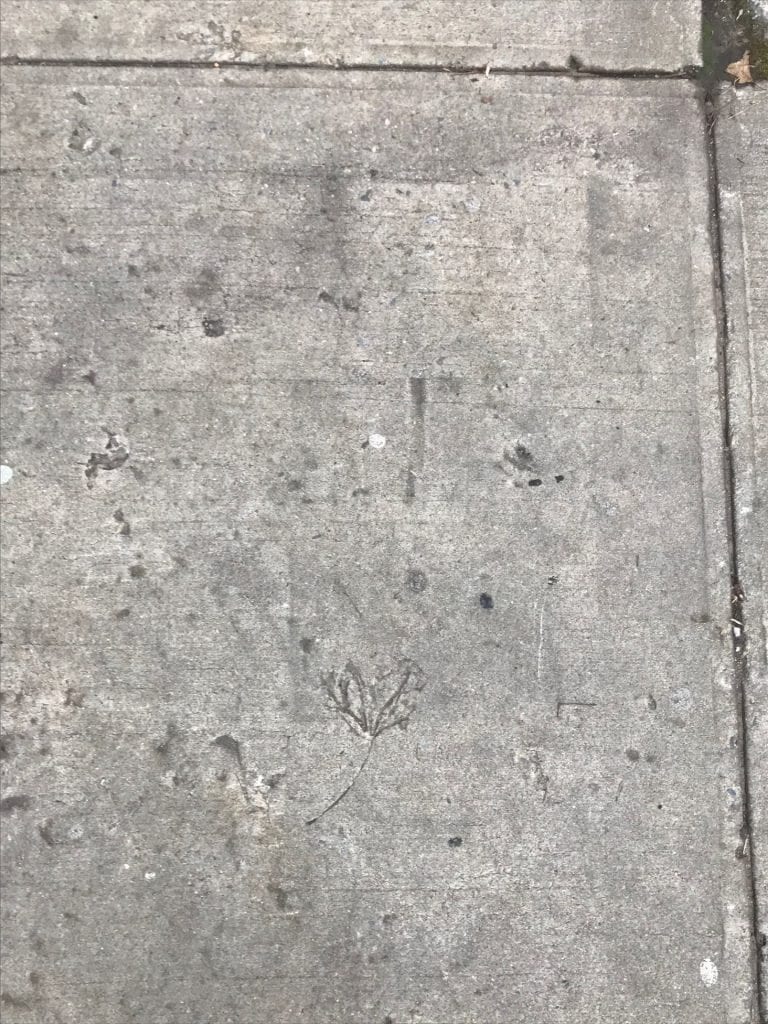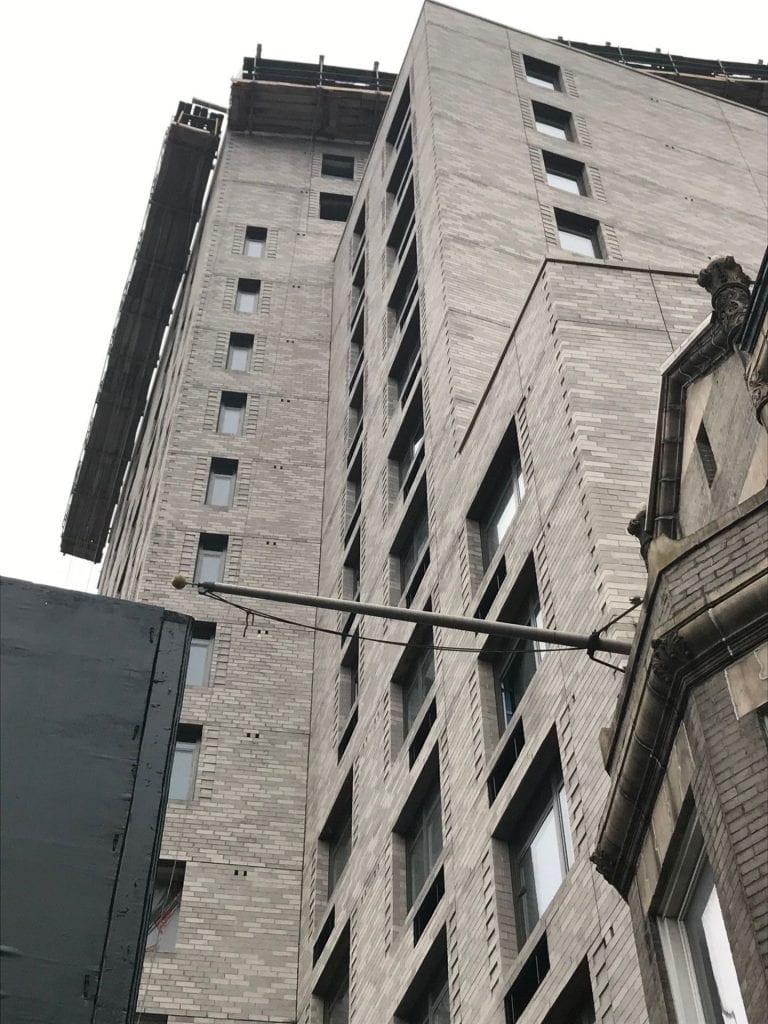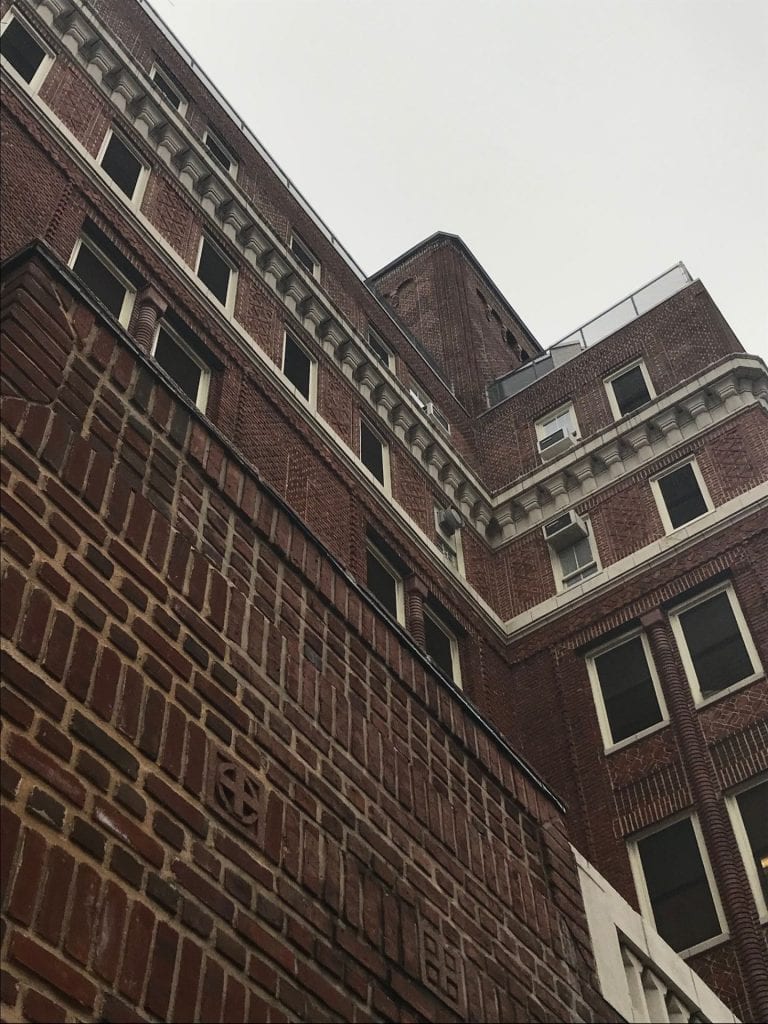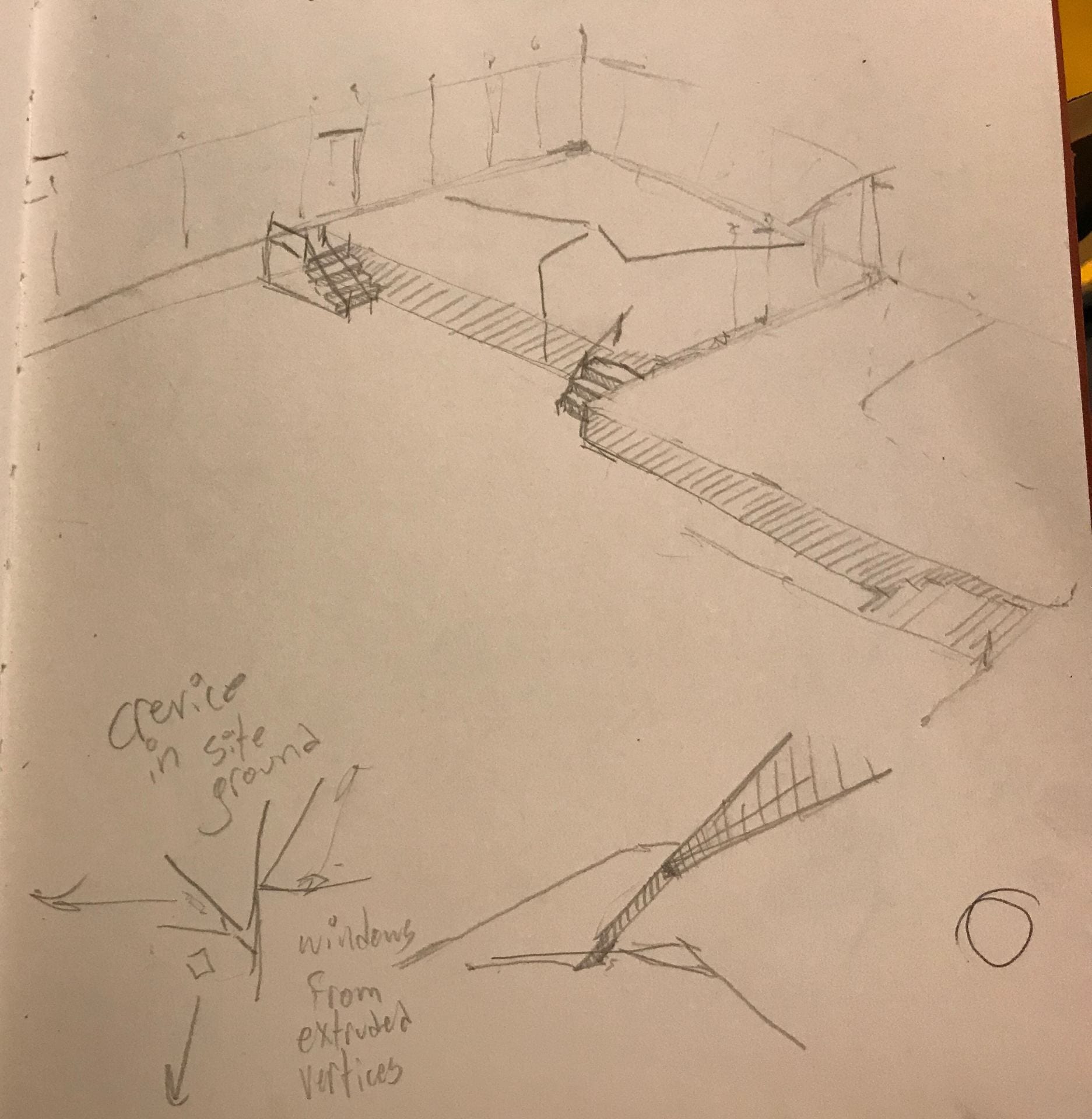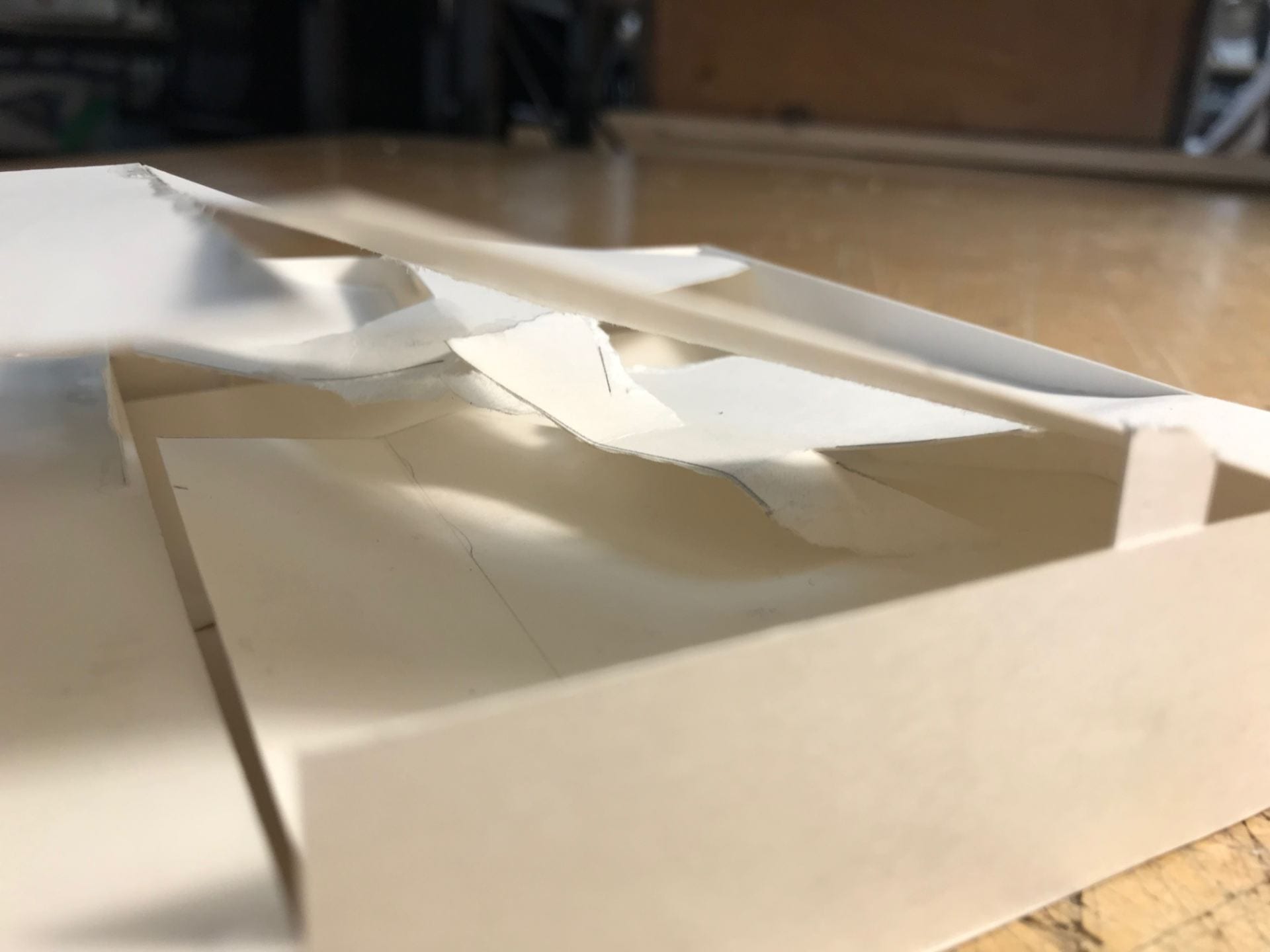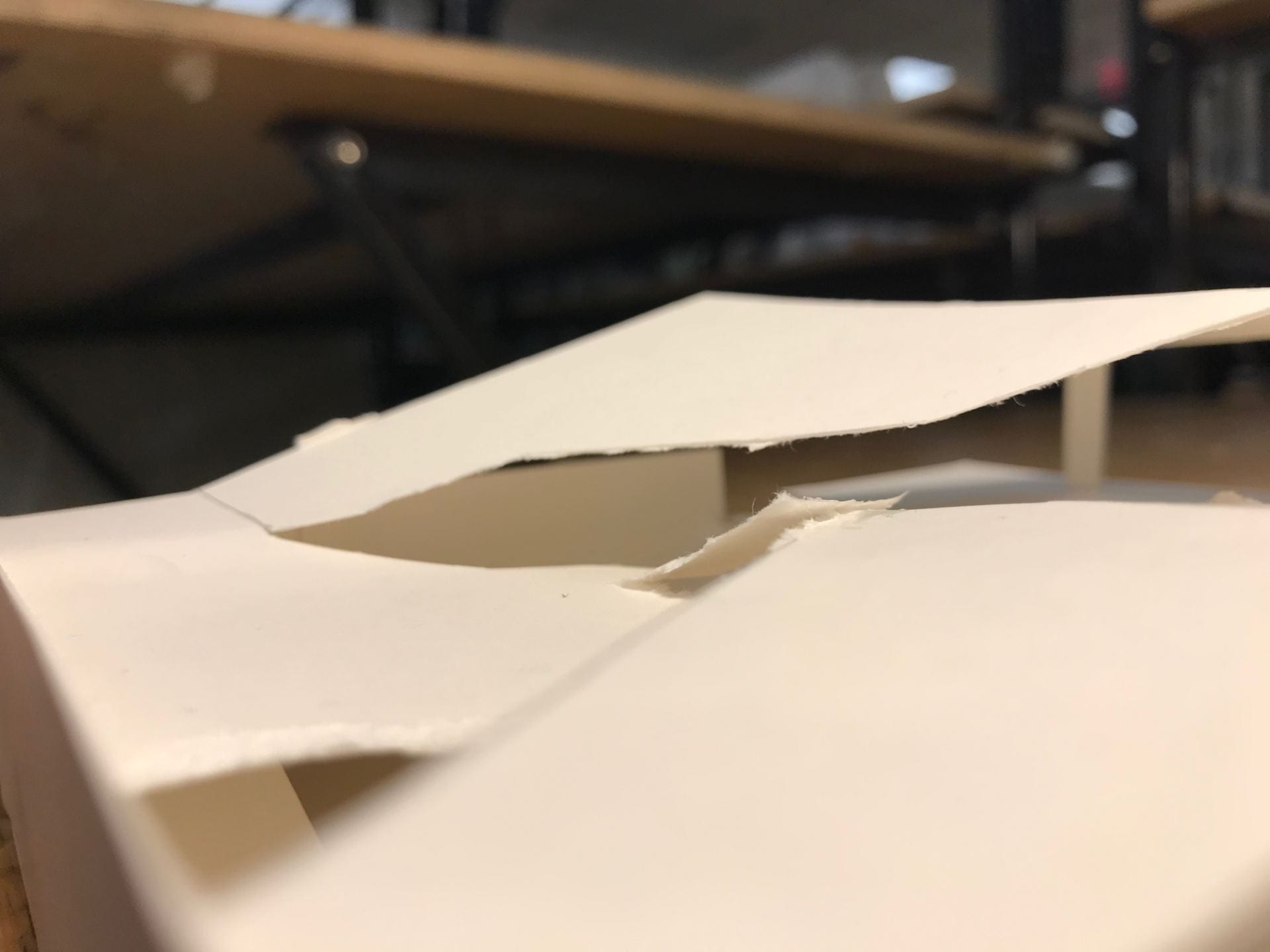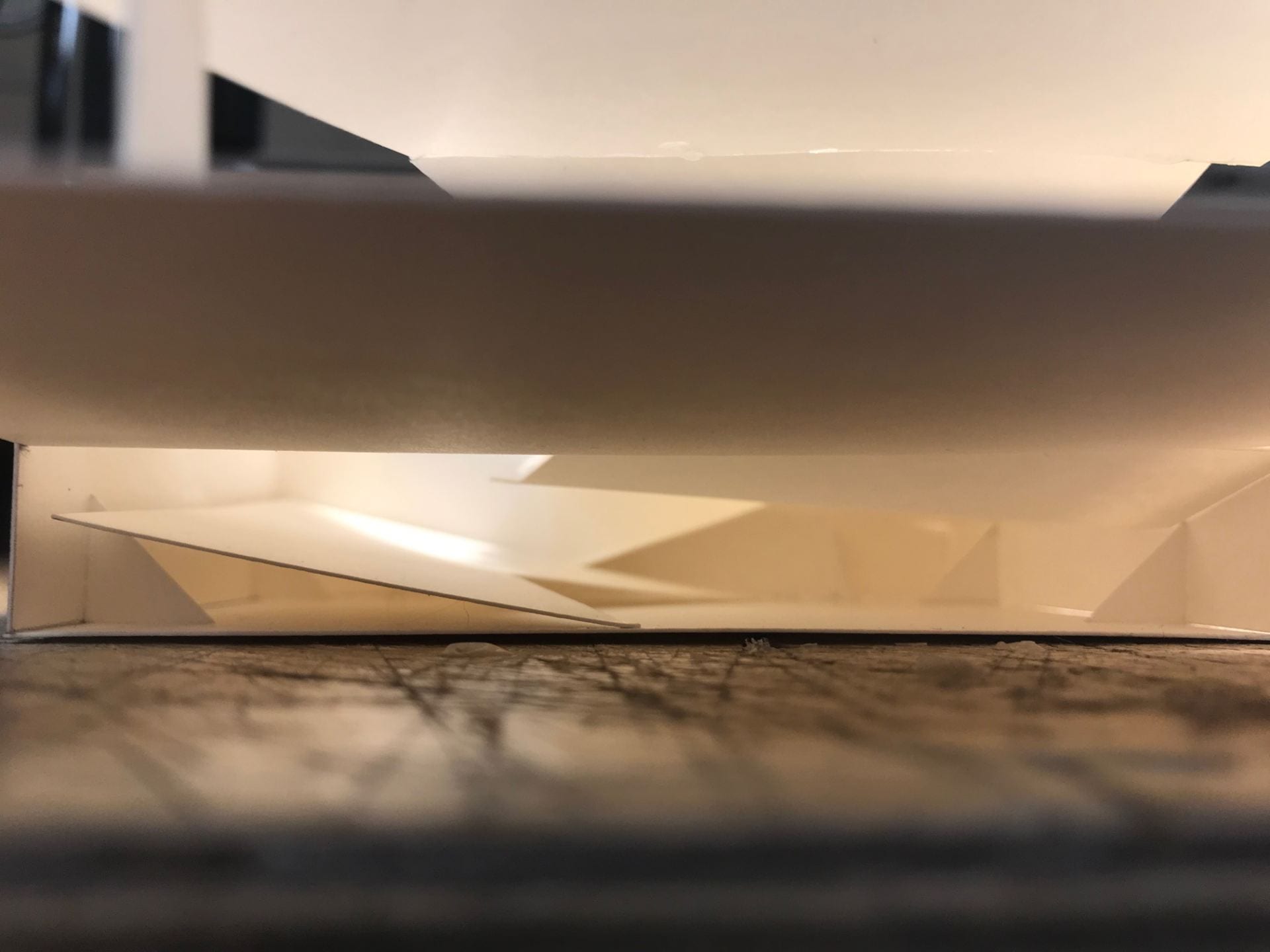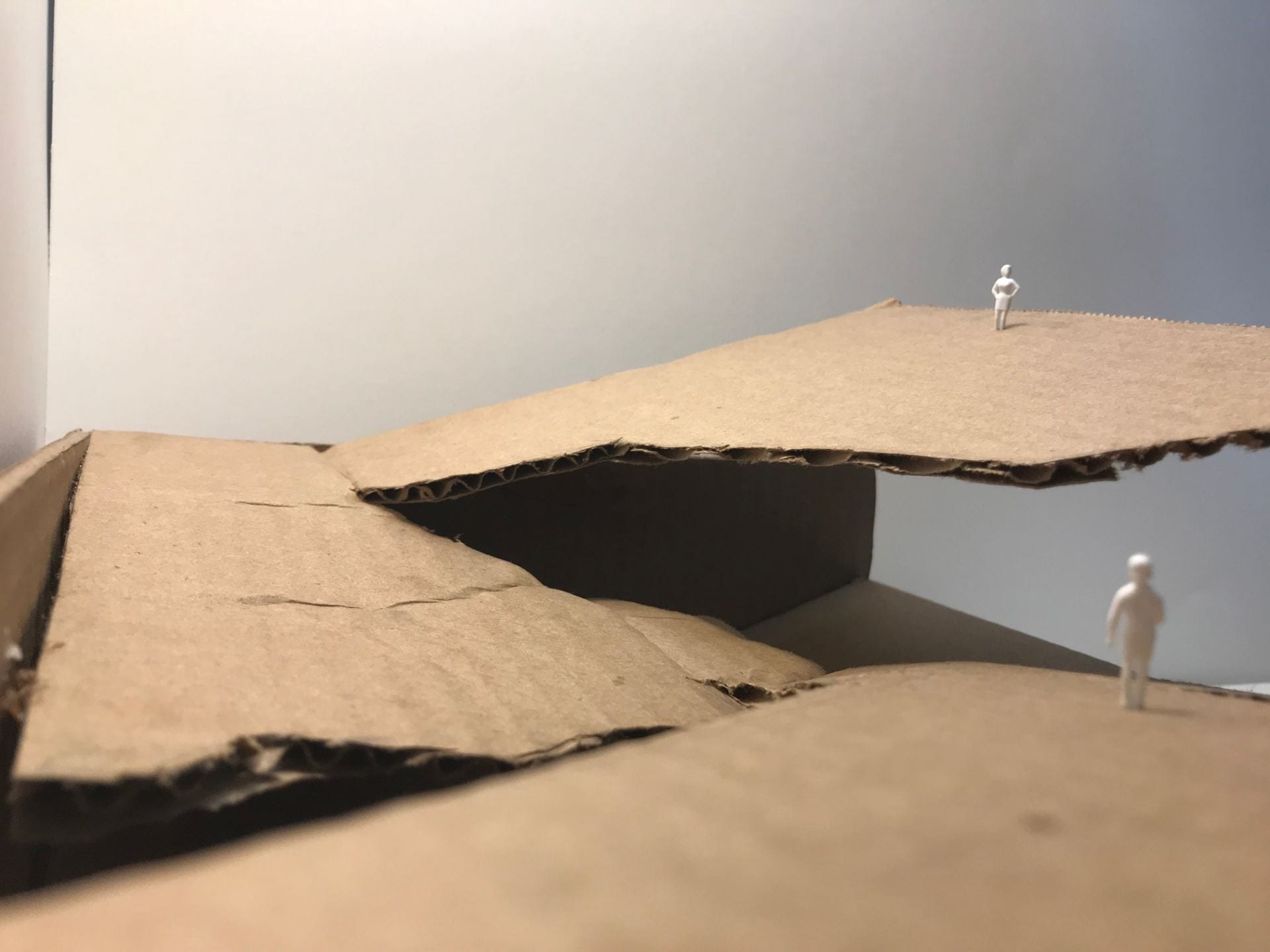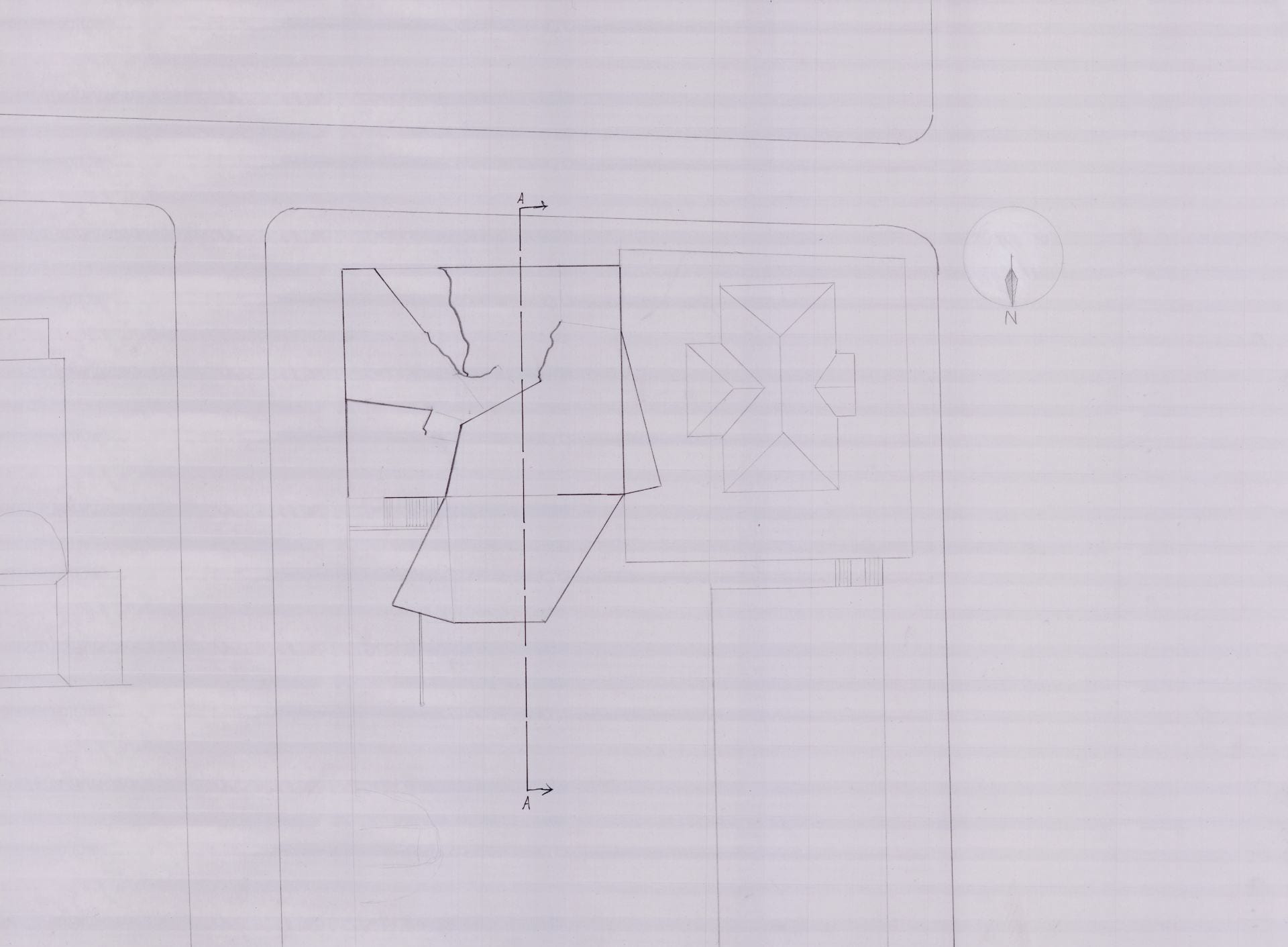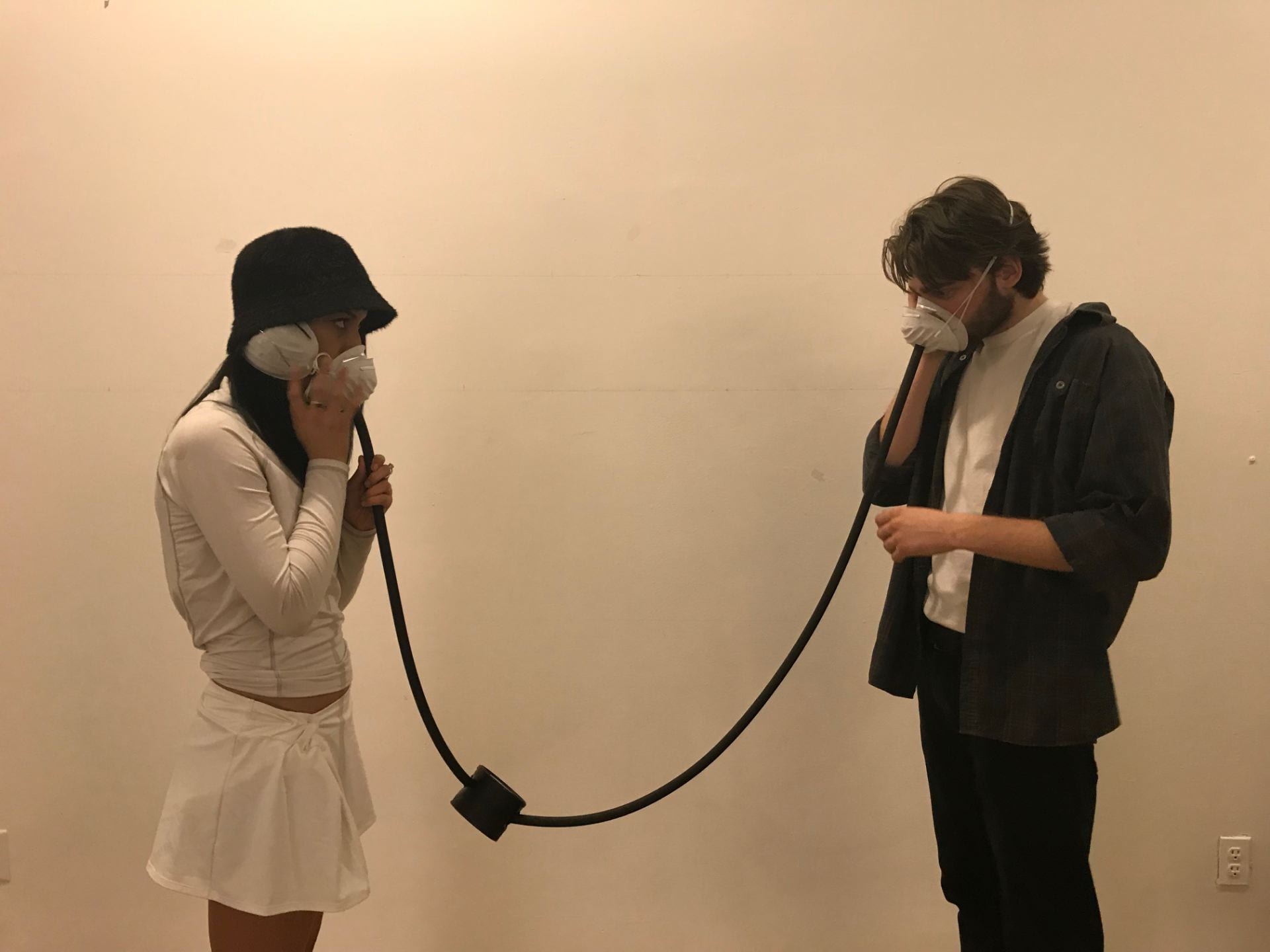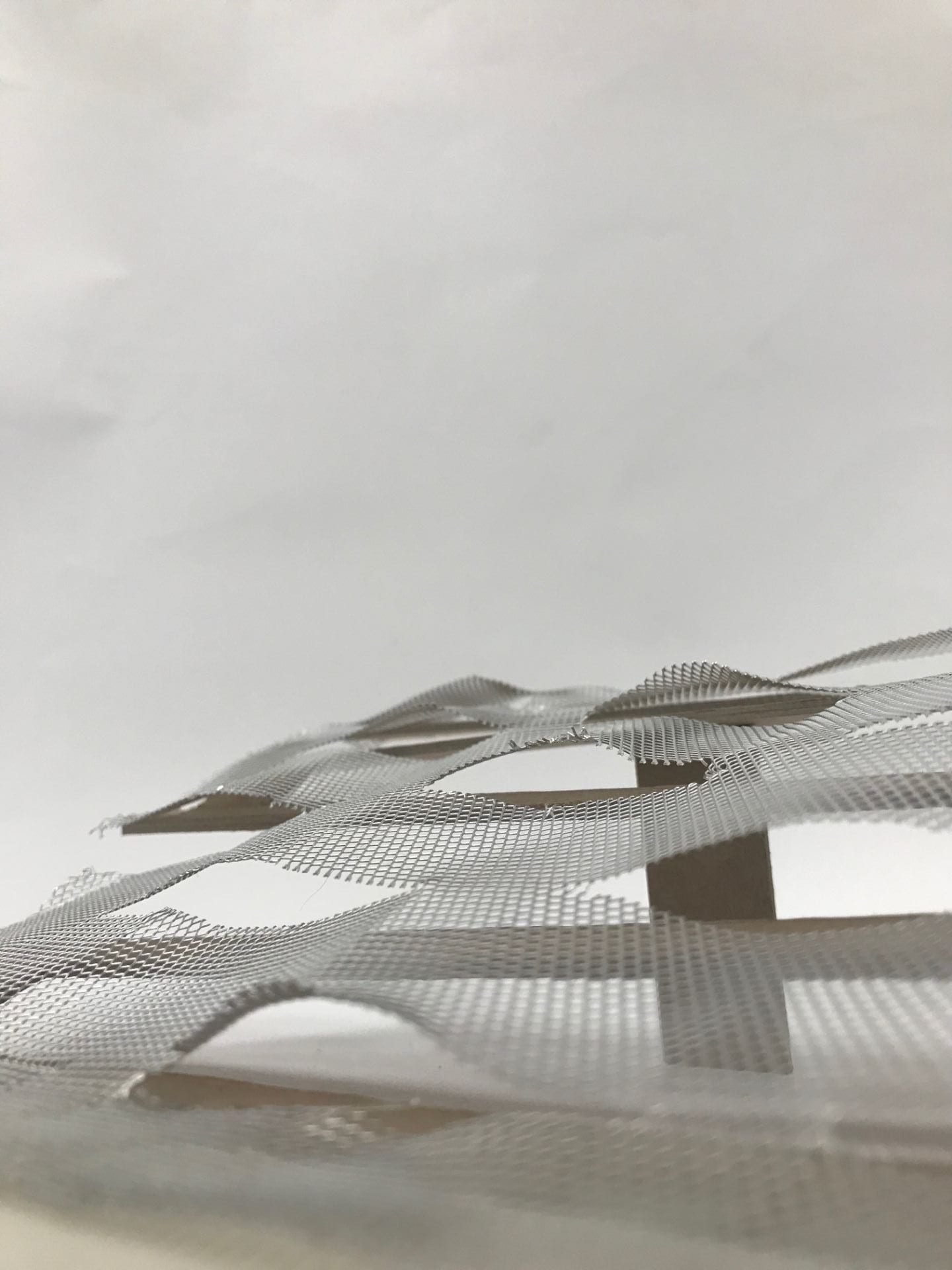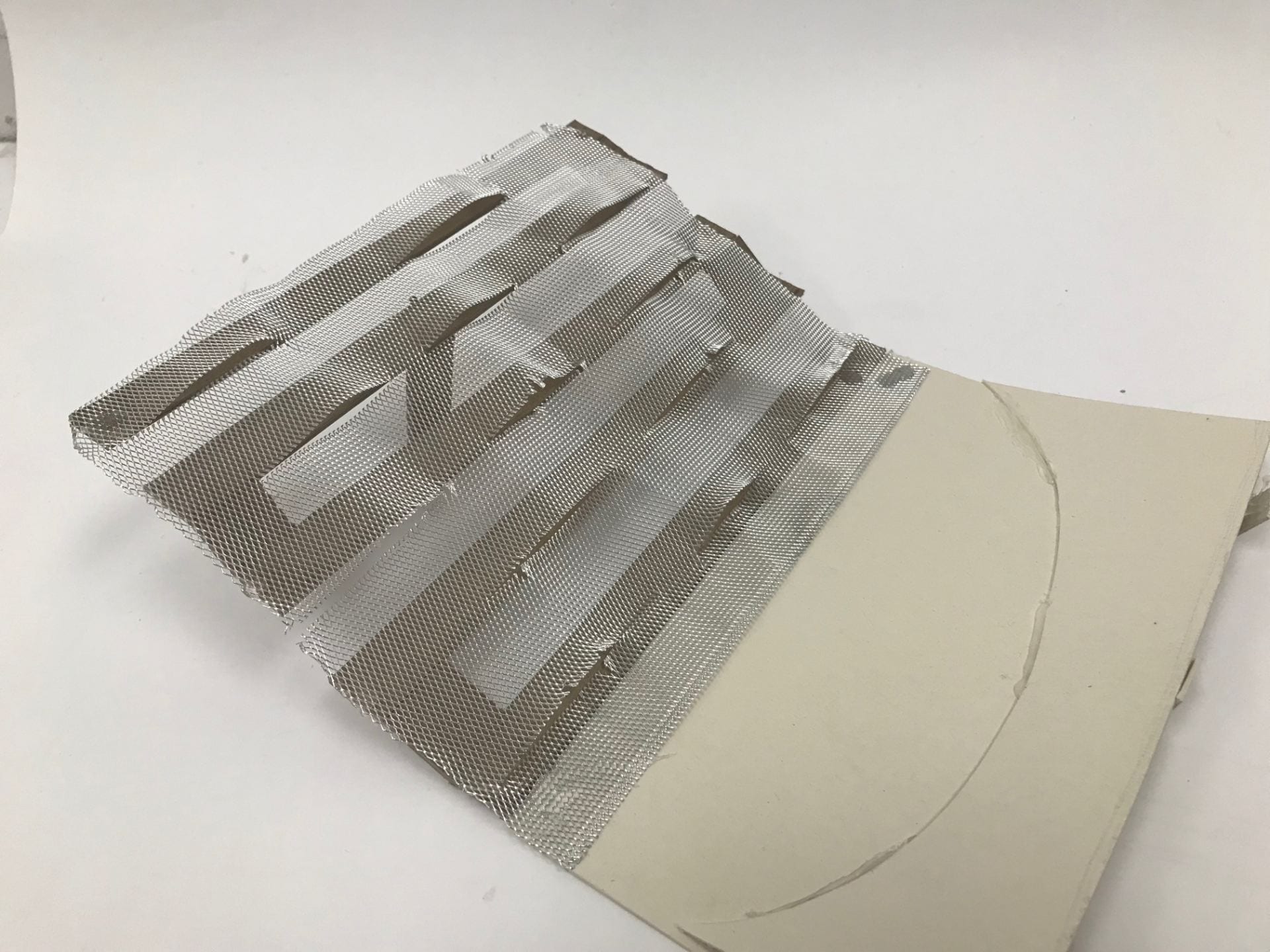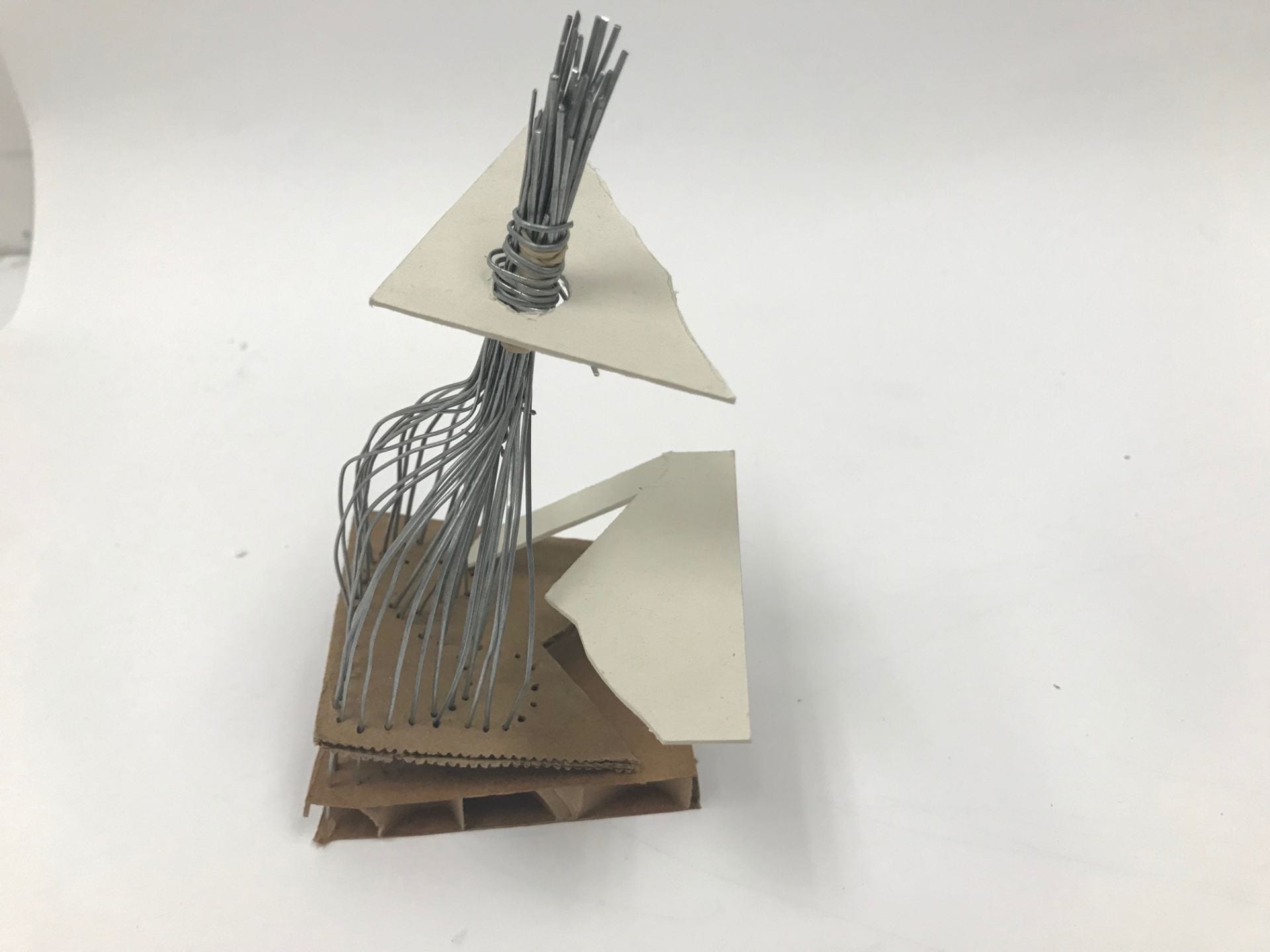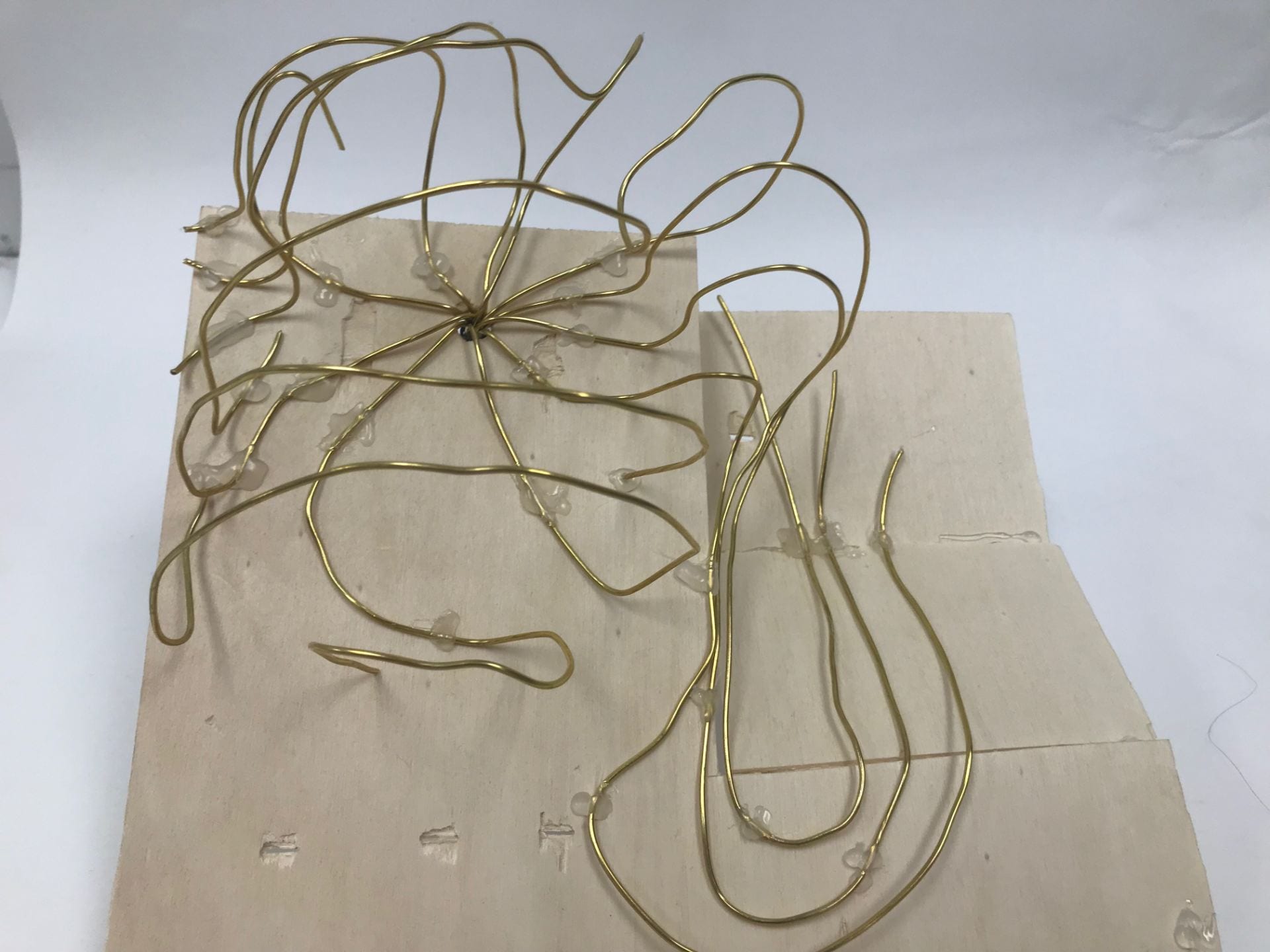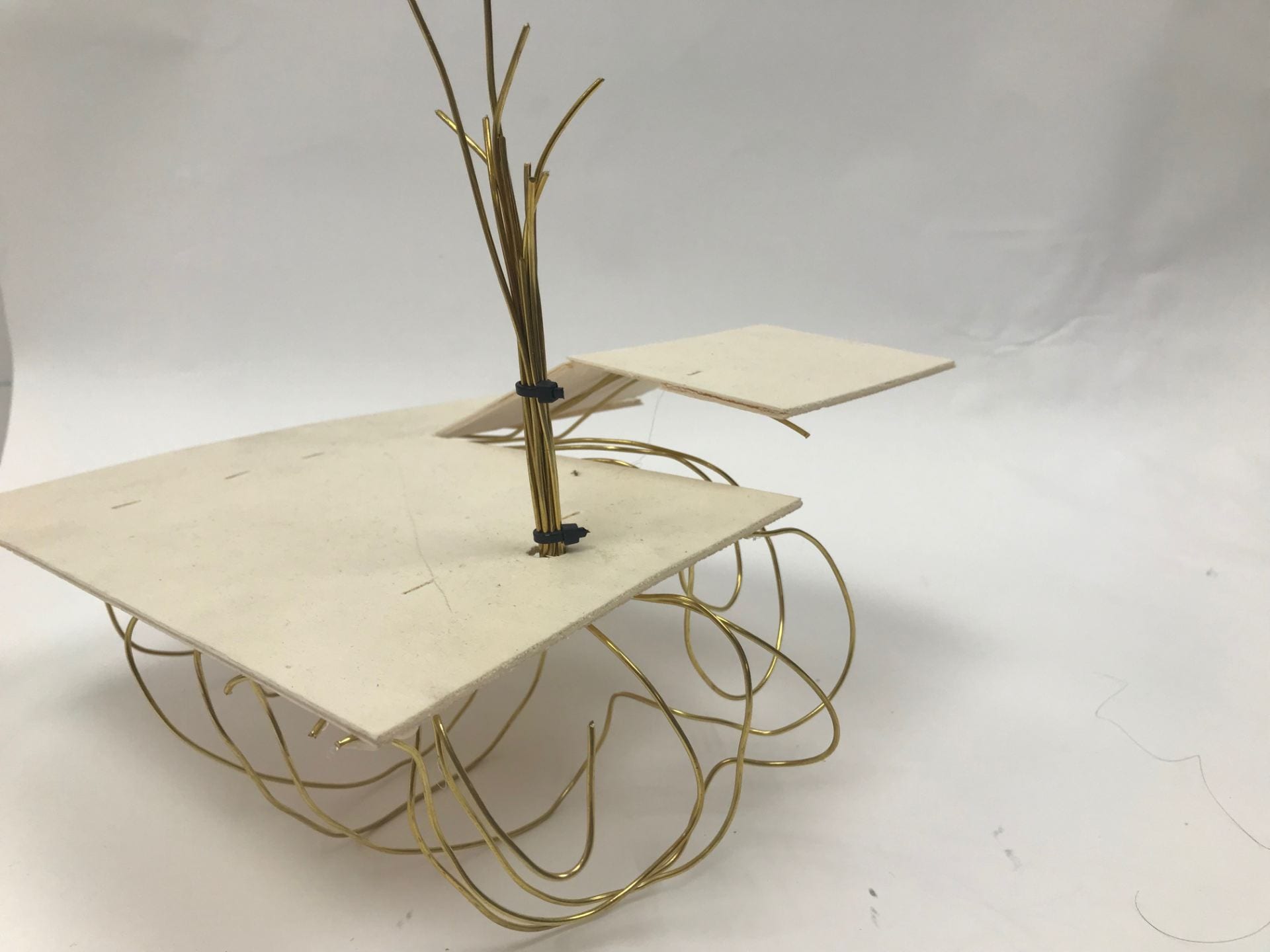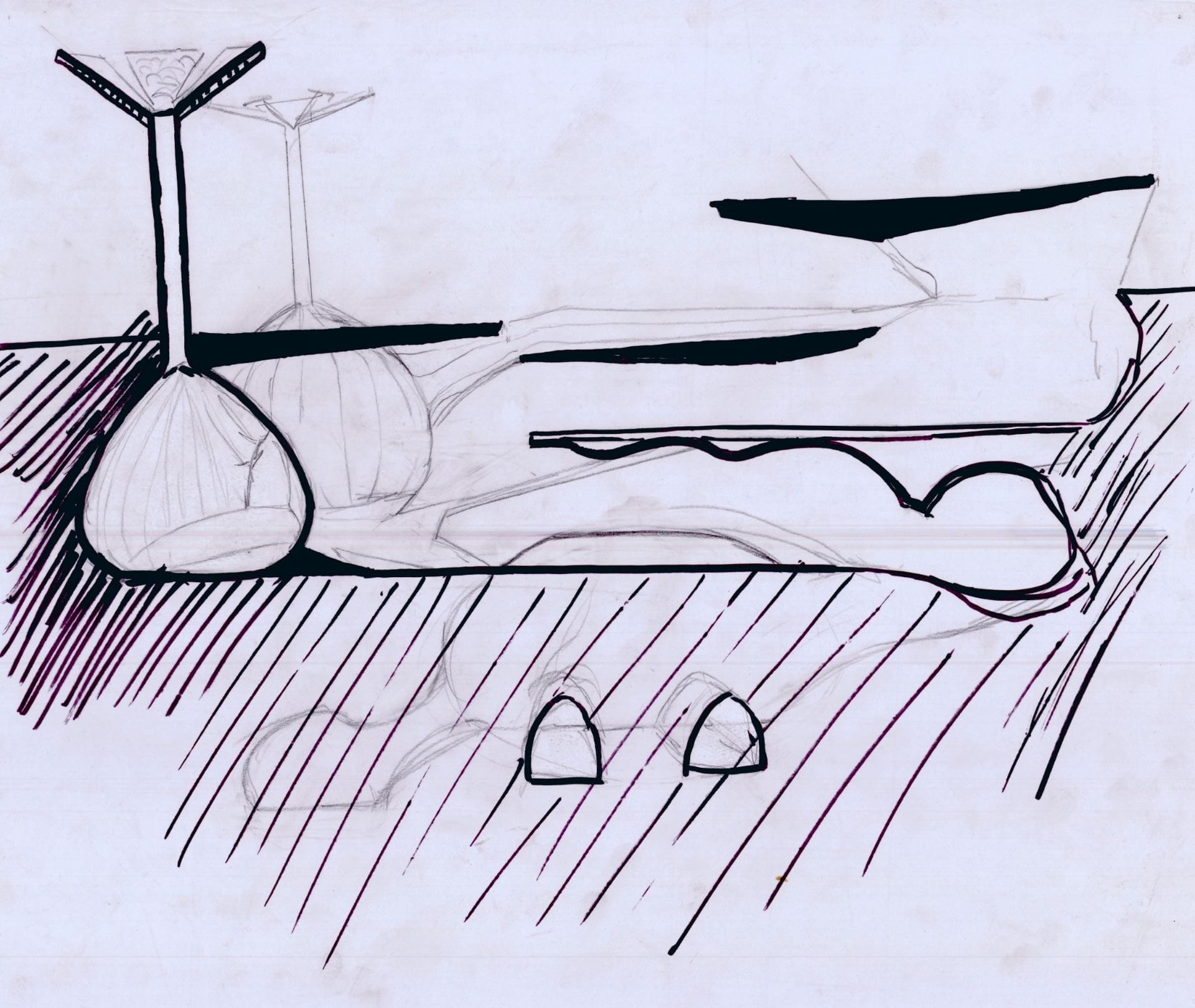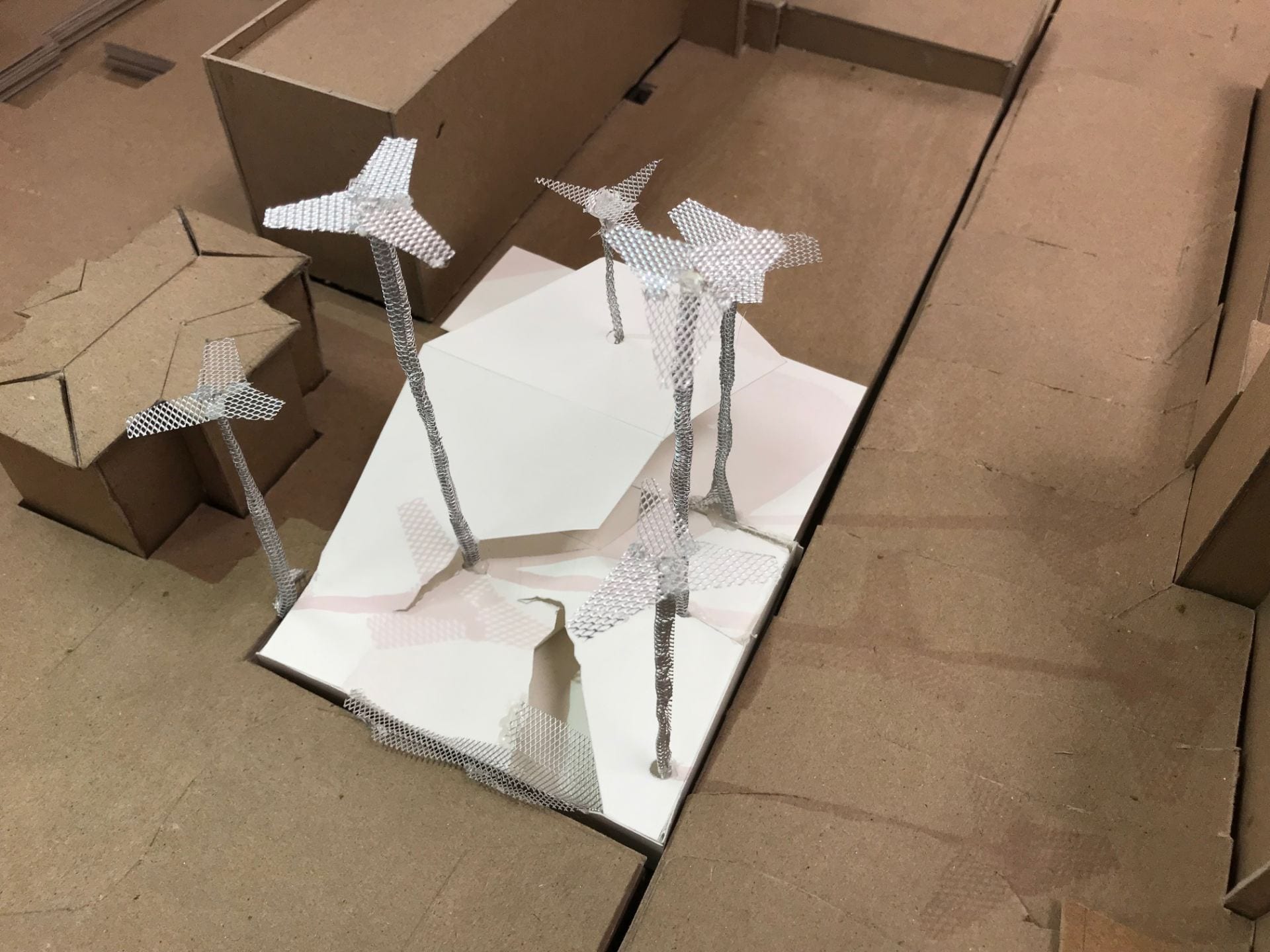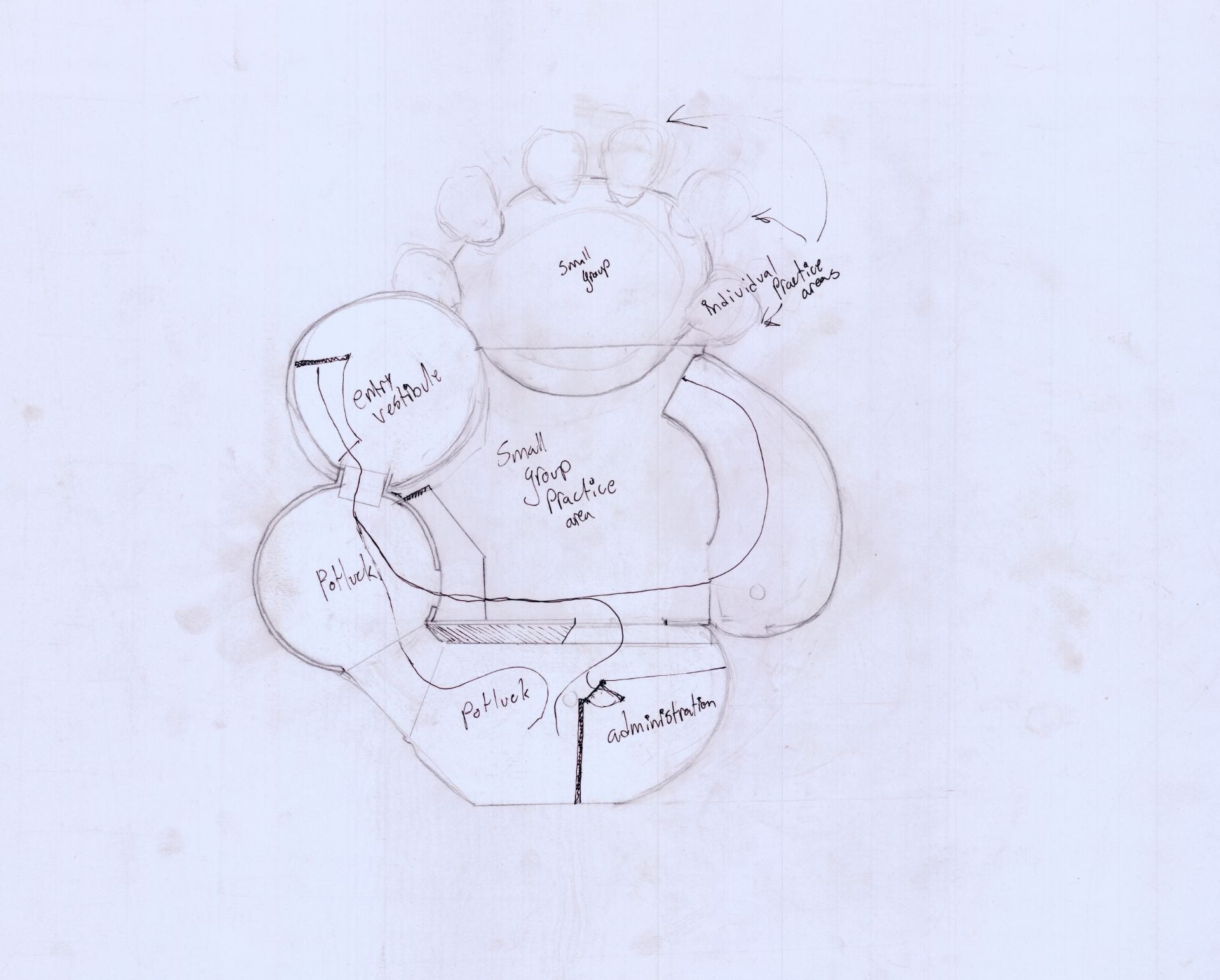Starting this semester we were first tasked with researching the site provided to us before creating any designs. This site is located in Fort Greene, Brooklyn, on Auburn Place, and is in-between the Walt Whitman Public Library, Community Roots Charter School, Auburn Assessment Center, and NYCHA housing complexes.
Quantitative:
I was assigned to the group that would focus on the Auburn Assessment center. Through site visits and measurements on Google Earth we were able to find the building’s dimensions without official documents as they were unavailable to the public.
to present the information, I was in charge of drawing a section of Auburn;
After acquiring these measurements, our group was tasked with creating a 1;20 scale model of the assessment center that would fit in the site model.
First came the plans;
After our first meeting about these models, we as a class decided to only use chipboard for the entire model.
After focusing on one building within the area of the site, we were tasked with representing the site itself;
Qualitative:
Now that we had the measurements of the site and the buildings around it, we needed context for the site, a collection of observations that could provide us with a better understanding of the site and its identity.
I focused on the individual, in-between spaces of the site. These areas highlighted an interstice of two things, a lack of maintenance or attention and, at times, a sprouting growth developing despite the conditions surrounding it.
From this, I organized them into a diagram that sorted my observations into three sections, that is degraded, naturalized, and pristine;
CUT, LIFT, FILL
After this research it was finally time to design an intervention that would occupy the space provided to us. I wanted my cut/lift/fill to take characteristics from the way the sidewalk broke off into what seemed like tectonic plates, or slabs positioned at various orientations that could provide different spatial qualities.
Auditory Project
This piece was made to explore how sound can be distorted when coming from a central apparatus filled with water.
Community Music Works, and the realization of program/ material relationships
After this cut/lift/fill, I felt that I had defined the template for the rest of the structure to follow. However I was not going to just simply fill this mass with program and call it a day. During discussions about the program, the topic of community and how the school would identify with the population surrounding the structure would be brought up frequently. Specifically about how the children that participate in the instruction housed within the structure would grow and develop with it. I wanted to add in a secondary element that would relay this sort of relationship physically, something that would happen clearly where CMW takes place and not in the public area.
This was first tested through modeling;
the idea of these antennae draws from projects like the Lowline, or Parans solar lighting system, which use fiber optic panels to redirect sunlight from the surface into an area underground. This effect has the possibility of blurring the lines between underground and above ground, which is an effect I want for this school. To essentially have a sense of insulation and privacy without feeling entirely separated from the outside world.
Thus far the result from these efforts are bulbous orbs that can contain program while also connecting with one another, however much work is left to do going forward if these are to adequately fit the program while also having good acoustics.
